The Samsung QN92/QN90 is a premium device that will satisfy even the most demanding users. Thanks to MiniLED technology, the television offers excellent contrast and high brightness, making movie watching an experience reminiscent of a trip to the cinema. The Tizen system ensures quick and intuitive use, significantly enhancing everyday usage. Users looking for traditional broadcasting will not be disappointed — the QN92/QN90 stands out with superb processing capability for lower-quality materials, translating to better visual experiences. The Solar Remote is an innovative addition that can take control of other devices, such as a satellite decoder, eliminating the need for multiple remotes. Notably, the 144 Hz panel provides exceptionally smooth motion, an essential feature for gamers. Additional gaming features like low input lag and the game bar make the QN92/QN90 an ideal choice for gaming enthusiasts. An additional advantage is the Auto Motion Plus Game feature, which increases image smoothness without a significant rise in input lag, making 30 frames look like 45, and 60 Hz like 90 Hz. This solution allows gamers to enjoy smoother motion without sacrificing gameplay comfort. With high brightness, multiple dimming zones, and MiniLED (Neo QLED) technology, the QN92/QN90 delivers stunning visuals during the day and at night, though slight halo effects may occasionally appear. Wide viewing angles make it a great choice for large living rooms, and the colours, supported by QLED coating, are vibrant and juicy. After additional calibration, the television presents even better quality, making its use a truly pleasant experience.
- Matching (Score)
- Our verdict
- TV appearance
- Where to buy
- Contrast and black detail
- HDR effect quality
- Factory color reproduction
- Color reproduction after calibration
- Smoothness of tonal transitions
- Image scaling and smoothness of tonal transitions
- Blur and motion smoothness
- Console compatibility and gaming features
- Input lag
- Compatibility with PC
- Viewing angles
- TV efficiency during daytime
- Details about the matrix
- TV features
- Apps
- Playing files from USB
- Sound
Samsung Neo QLED QN90D / QN92D vs Hisense U7Q
Direct compare
Check the best price offer:
Samsung Neo QLED QN90D / QN92DNeo QLED / QN92D / QN90D
U7Q / U78Q

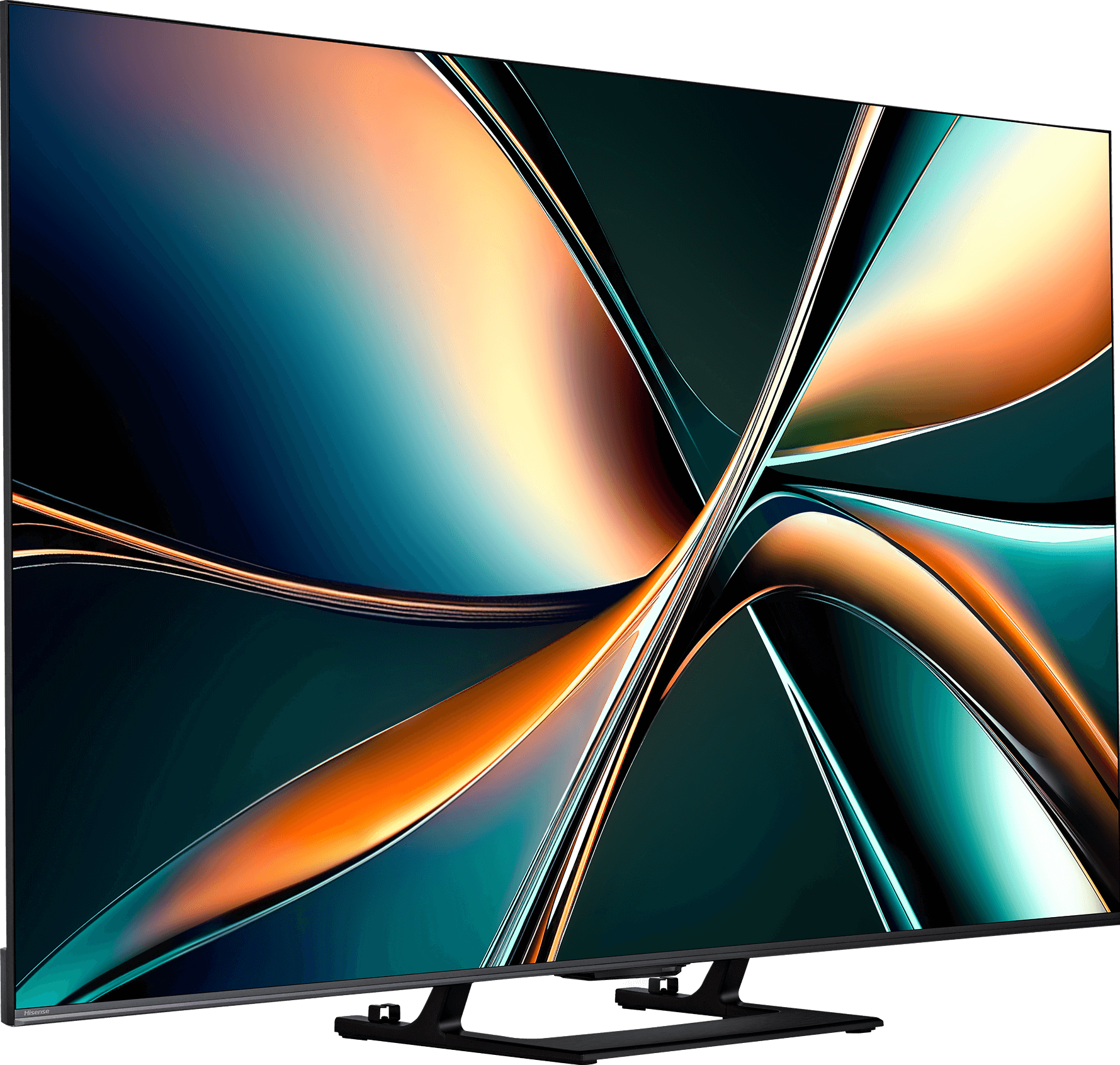
Panel type: LCD VA (wide viewing angle)
Resolution: 3840x2160
System: Tizen
Model year: 2024
Complete the survey to find out the result

Panel type: LCD VA
Resolution: 3840x2160
System: VIDAA
Model year: 2025
Complete the survey to find out the result

Overall rating
7.8
7.2
Movies and series in UHD quality
7.9
6.7
Classic TV, YouTube
7.9
6.8
Sports broadcasts (TV and apps)
7.7
6.5
Gaming on console
9.1
8.0
TV as a computer monitor
8.6
8.6
Watching in bright light
6.4
6.2
Utility functions
7.7
8.9
Apps
8.7
7.7
Sound quality
6.9
7.2
Complete the survey to find out what fits your preferences
Advantages
High brightness
Good contrast
Intuitive Tizen operating system
Great for gamers and sports fans (HDMI 2.1, 144Hz, low input lag)
Wide viewing angles - unusual for VA panels
Great contrast and deep black
Very good smoothness of tonal transitions (close to reference level)
High brightness
Supports 4K 144 Hz and even 240 Hz in Full HD
VRR, ALLM, G-SYNC – a full package for gamers
Low input lag
Pleasant sound with a light bass
Many classic TV functions built into the VIDAA system
Disadvantages
No recording feature
No DTS format support - this may be problematic for Blu-ray users
Lack of support for HGiG (hinders HDR setup on consoles)
Brightness management issues
Poor viewing angles – typical for VA panels
Closed VIDAA system – missing some applications
Our verdict
The Hisense U7Q is one of the most interesting Mini-LED televisions in its price segment, clearly showing that Hisense is really starting to matter in the market not only because of the price-to-capabilities ratio but also due to its increasingly refined picture quality. Let’s start with what truly impresses: the contrast and black levels are at a level that was recently unattainable in this price range. Combined with smooth tonal transitions, solid brightness, and a fast 144 Hz panel, the U7Q becomes a television that excels in both movies and gaming. Gamers will find nearly everything they could expect here – variable refresh rate (VRR) support, auto low latency mode (ALLM), very low input lag, and even 240 Hz in Full HD. All of this means that the U7Q will perform well with both next-generation consoles and PCs. However, it is not without its weaknesses. With HDR content, one might want to say: "untapped potential" – you may ask why? The television’s algorithms dim small bright elements or overly boost them, which can spoil the viewing experience. There is also a lack of support for HGiG, which is a feature that would better synchronize the console with the television for HDR. In summary, briefly – the Hisense U7Q is a very versatile and complete television that has its imperfections but makes up for them in many key aspects. For gamers, for occasional movie watchers, for someone looking for good equipment for everyday use – it is one of the most cost-effective propositions in 2025. One just needs to know what compromises they are signing up for – and then it will be hard to be disappointed.
TV appearance






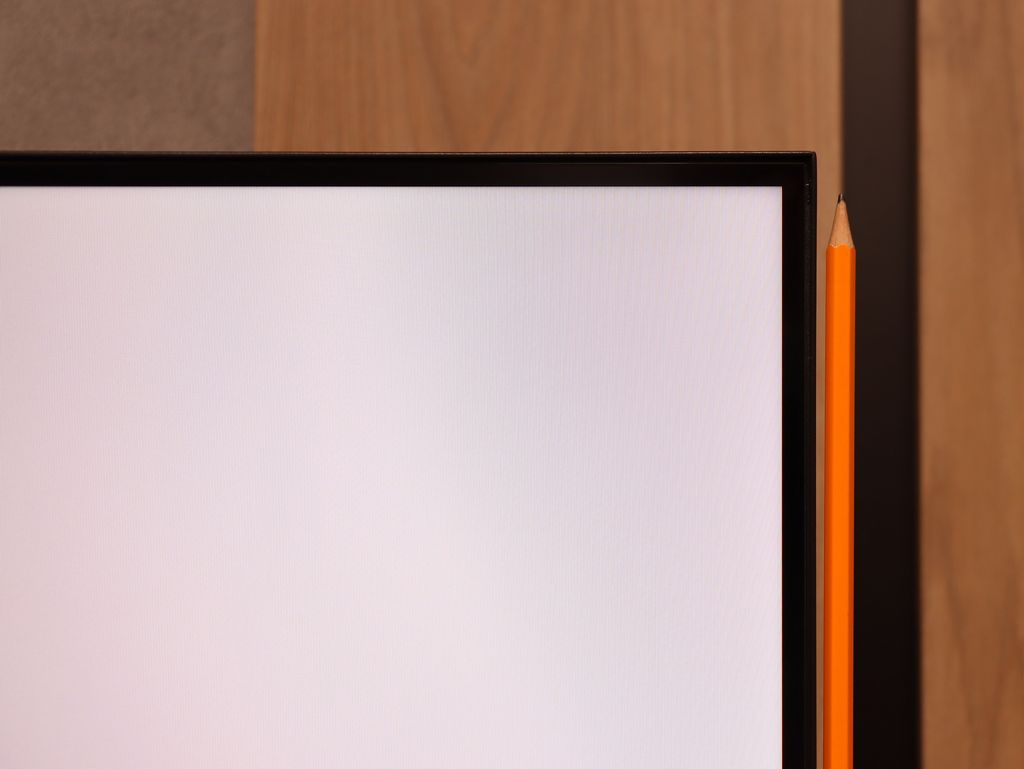
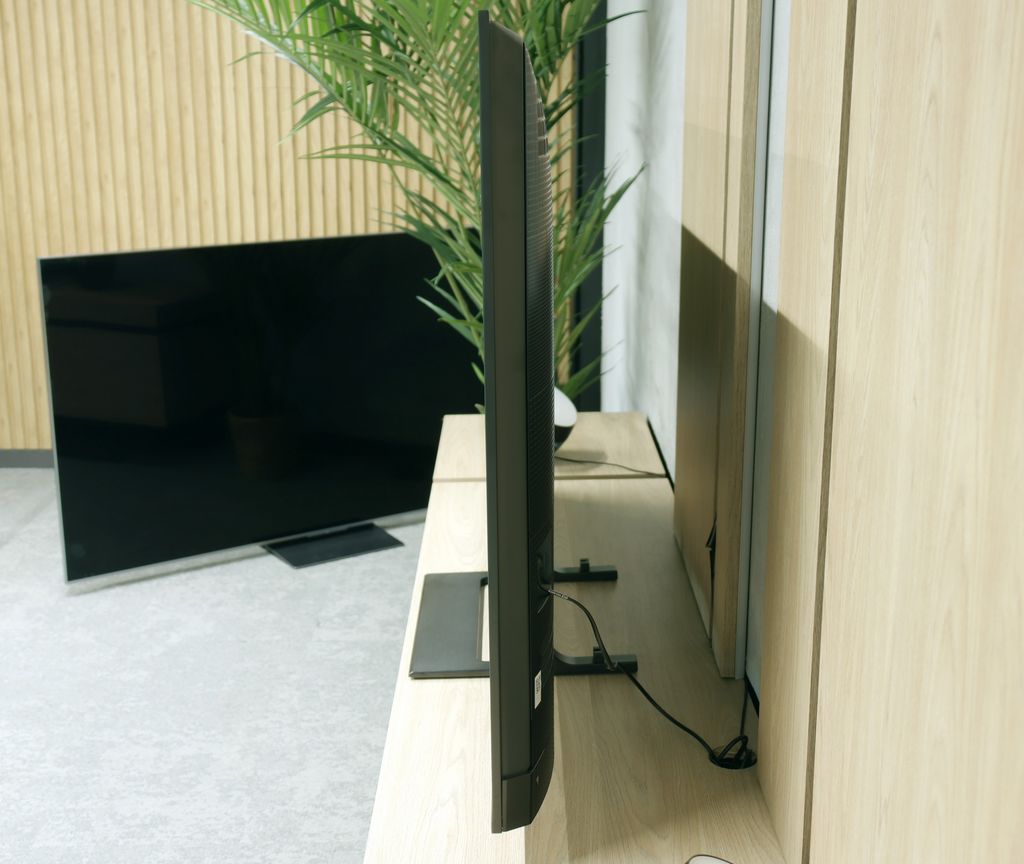
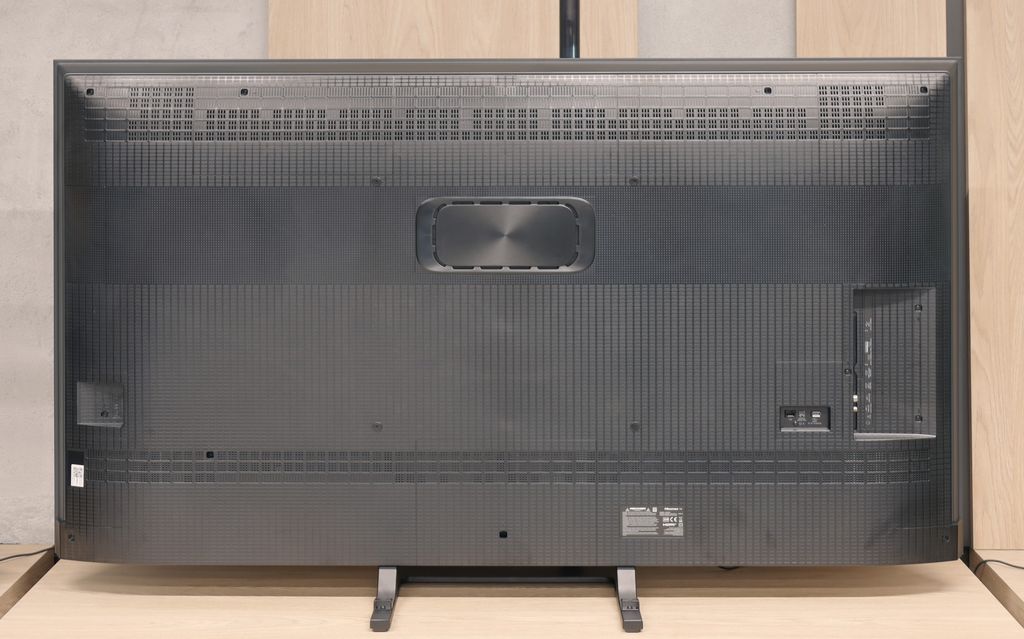
Contrast and black detail
7.9/10
7.5/10
Local dimming function: Yes, number of zones: 504 (36 x 14)
Local dimming function: Yes, number of zones: 220 (10 x 22)
Contrast:

Result
∞:1

Result
69,000:1

Result
∞:1

Result
5,500:1

Result
2,700:1

Result
278,000:1

Result
28,800:1

Result
11,100:1

Result
10,800:1

Result
6,250:1
Halo effect and black detail visibility:


The Samsung QN92D ranks among the top models in the 2024 NeoQLED 4K (Mini LED) line from the Korean manufacturer. Although it doesn't feature as many dimming zones as its more advanced sibling, it still impresses with 504 zones in the 55-inch version. Paired with a VA panel, this setup delivers excellent contrast, making the QN92D stand out in the non-OLED category. Even in challenging scenes, such as those in Oblivion or Arrival, its near-infinite contrast can rival some of the best OLED TVs—an uncommon feat for LED-backlit displays.
However, Mini LED technology does come with limitations compared to OLED. For instance, the TV struggles with certain test patterns, likely due to its aggressive dimming algorithm. This occasionally causes the Mini LEDs to misjudge whether to highlight specific elements or maintain deeper black levels. Despite these minor drawbacks, the Samsung QN92D remains one of the top LCD TVs for contrast and black-level performance.
The U7Q is a television with Mini-LED backlighting – just like the PRO version. The difference? The version without the suffix simply has fewer dimming zones. In our 65-inch model with a VA panel, we counted 220 of them. And although this doesn't make as much of an impression as in the U7Q PRO, it still looks very good on paper for this price range. Alright, but how does it perform in practice? Surprisingly well. The contrast in the U7Q can reach up to 300,000:1, which provides a really solid black effect. In many scenes, it's hard to find fault – the image has depth, and the highlights are well separated. Of course, Mini-LED is not OLED – so there are certain limitations. In very challenging scenes with a lot of dark details, the television sometimes either "eats" them, leaving a nice black, or slightly brightens the background, which can cause a halo effect. This is normal in this technology and must be taken into account. Despite these minor drawbacks – the contrast in the U7Q performs really well.
HDR effect quality
6.7/10
4.6/10
Luminance measurements in HDR:

Result
1947 nit

Result
617 nit

Result
738 nit

Result
271 nit

Result
1479 nit

Result
521 nit

Result
160 nit

Result
351 nit

Result
98 nit

Result
674 nit
Scene from the movie “Pan” (about 2800 nits)

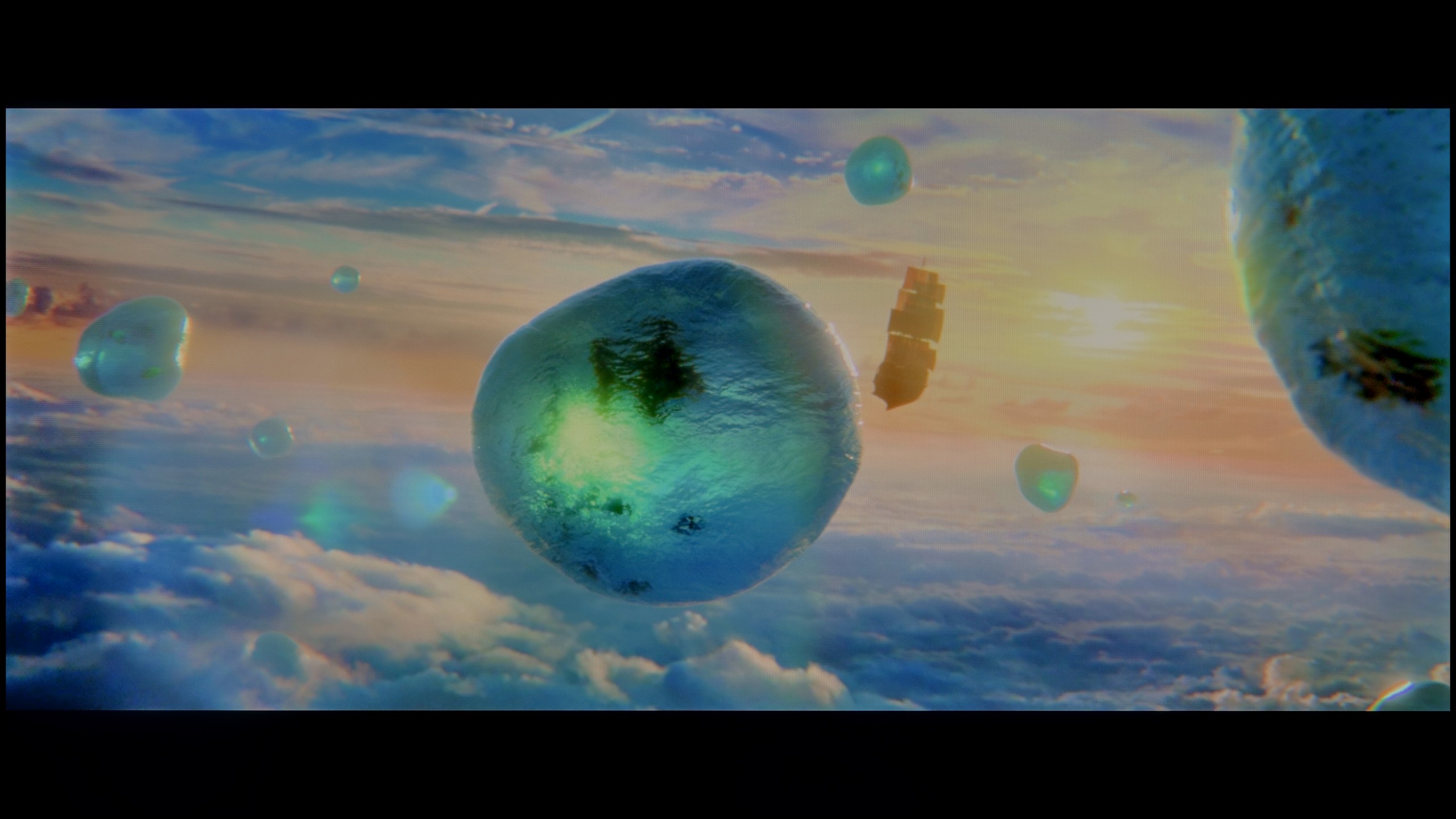
Scene from the movie “Billy Lynn” (about 1100 nits)


Static HDR10


Dynamic: HDR10+
Dynamic: Dolby Vision


HDR luminance chart:
Hisense U7Q
Luminancja HDR
Luminance of RGB colors
Samsung Neo QLED QN90D / QN92D
Luminancja HDR
Luminance of RGB colors
During synthetic tests, the Samsung QN92D demonstrated remarkable brightness capabilities, reaching an impressive 2000 nits—on par with top models in the market. This level of brightness puts it at the forefront for displaying HDR content, where high brightness is essential. But how does it fare in real movie scenes? Under favourable conditions, such as the light-drenched opening and closing scenes of Life of Pi, the QN92D nearly replicates its lab results, delivering striking brightness levels. However, performance changes in scenes featuring small, bright objects against dark backgrounds, such as the fourth scene in Sicario. Here, brightness levels drop significantly, with maximum values capping at around 600 nits.
As with contrast, these limitations are due to the aggressive local dimming algorithm, which aims to reduce the "halo" effect around bright objects in dark scenes but often sacrifices overall brightness. Consequently, while the TV excels in scenes with abundant light, it faces challenges maintaining brightness with smaller, bright elements on dark backgrounds.
Since the algorithms responsible for blacks are performing quite well, we expected a similarly good effect when it comes to brightness and overall HDR quality. Unfortunately – here we have to disappoint you a bit.
The U7Q is quite a bright TV – in optimal conditions, it can reach around 800 nits, which indeed impresses on some screens, especially in scenes like those from the movie The Meg. Bright segments can really shine, and the HDR effect is noticeable. The problem arises when very small, bright elements appear on a dark background – for example, in Sicario 2 or in the second scene of the movie Life of Pi. In such moments, the dimming algorithms operate too aggressively. Yes, the blacks look great then, but the brightest points can almost completely fade, causing the HDR effect to disappear and details to be barely visible. That's just the nature of this technology in this price segment.
As a consolation, it's worth adding that the U7Q is advertised as a QLED TV (in practice, a PFS layer is used, which works very similarly), and it is indeed capable of displaying a wide color palette – with DCI-P3 coverage at around 94%, that's a very good result for this class.
Factory color reproduction
6.1/10
6.3/10


Factory Mode
After calibration
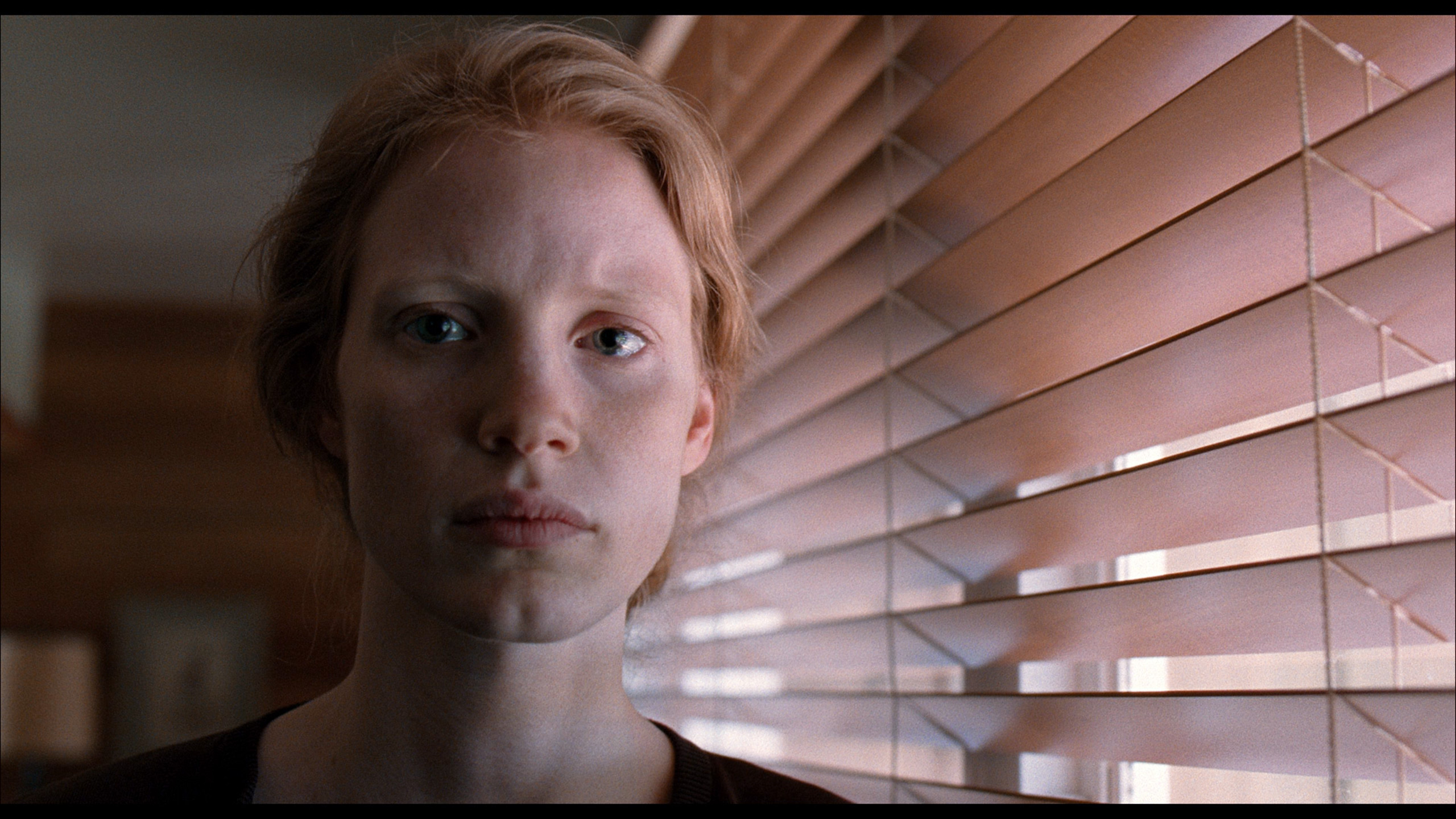
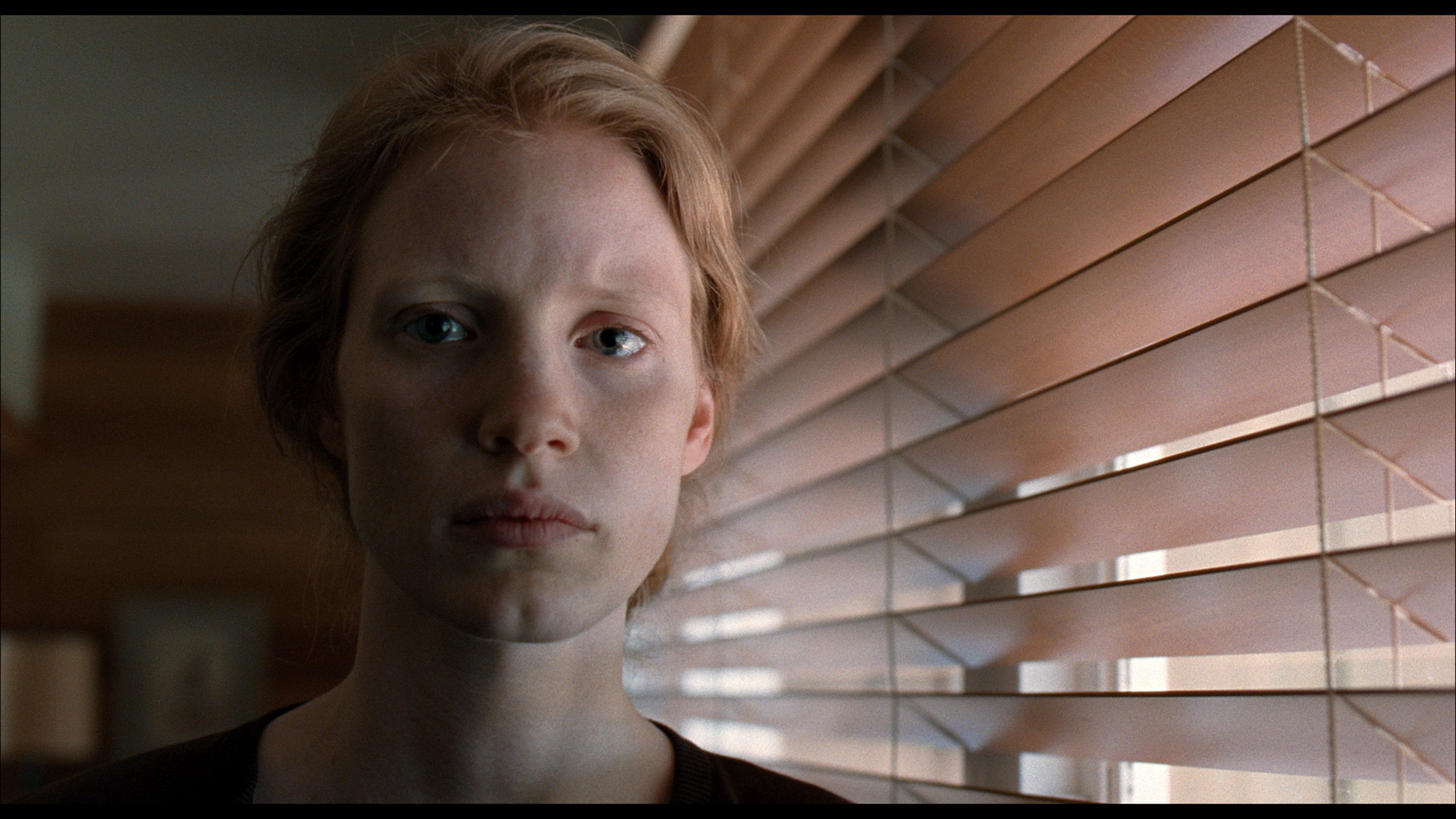
Factory Mode
After calibration
The best mode for colour reproduction on the Samsung QN92D is Filmmaker mode. Although it generally offers good colour quality, it is not without significant issues. Starting with HD/SDR image quality, the main challenge is white balance. The graphs reveal considerable instability, with a dominant red tint that makes the image appear too warm. This imbalance causes shades to shift unnaturally towards warmer tones, potentially affecting the perception of natural colours. Additionally, while contrast, as indicated by the gamma chart, is not the worst, it still falls short of the ideal, impacting overall image quality, especially in darker scenes.
This issue continues with 4K content, such as high-quality series or films. Here too, white balance proves problematic, with noticeable deficiencies in both blue and red, leading to tonal shifts. Tests using the Colour Checker tool confirm these issues, showing a tendency for colours to skew toward yellow hues, further distorting the natural look of the image. While Filmmaker mode remains one of the best options for cinematic content, it could still benefit from improvements, particularly in colour accuracy and white balance.
We tested the U7Q in the best possible picture mode, which is Filmmaker Mode. This mode is supposed to provide the most "filmic" experience and fidelity to the creators' intent – right out of the box. Unfortunately, even this professionally sounding name does not guarantee a perfect picture.
In our unit, the problem lay in a poorly set white balance. Both in HD and 4K content, the image had too much blue and red, giving the screen a slightly pinkish hue. It didn't look terrible, but it was noticeable – especially in bright scenes and white backgrounds. This alone could have been forgiven, but the biggest issue is the management of brightness in HDR content. The EOTF curve from the measurements confirms what we saw earlier during the scene tests: the television often dims the smallest bright elements too much, causing them to almost disappear, or conversely – excessively brightens the brightest ones, affecting the naturalness of the image.
Color reproduction after calibration
8.7/10
7.4/10

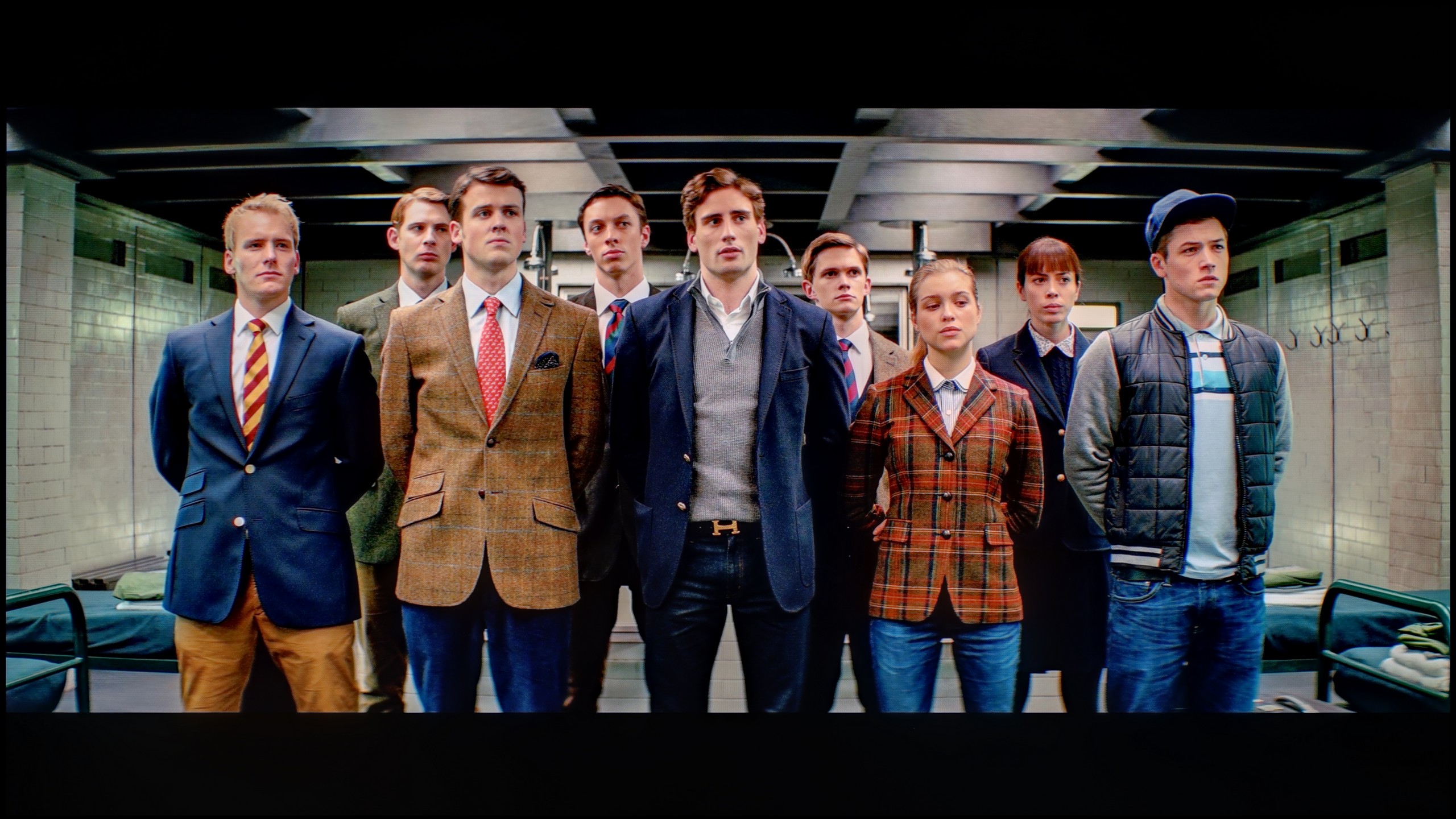

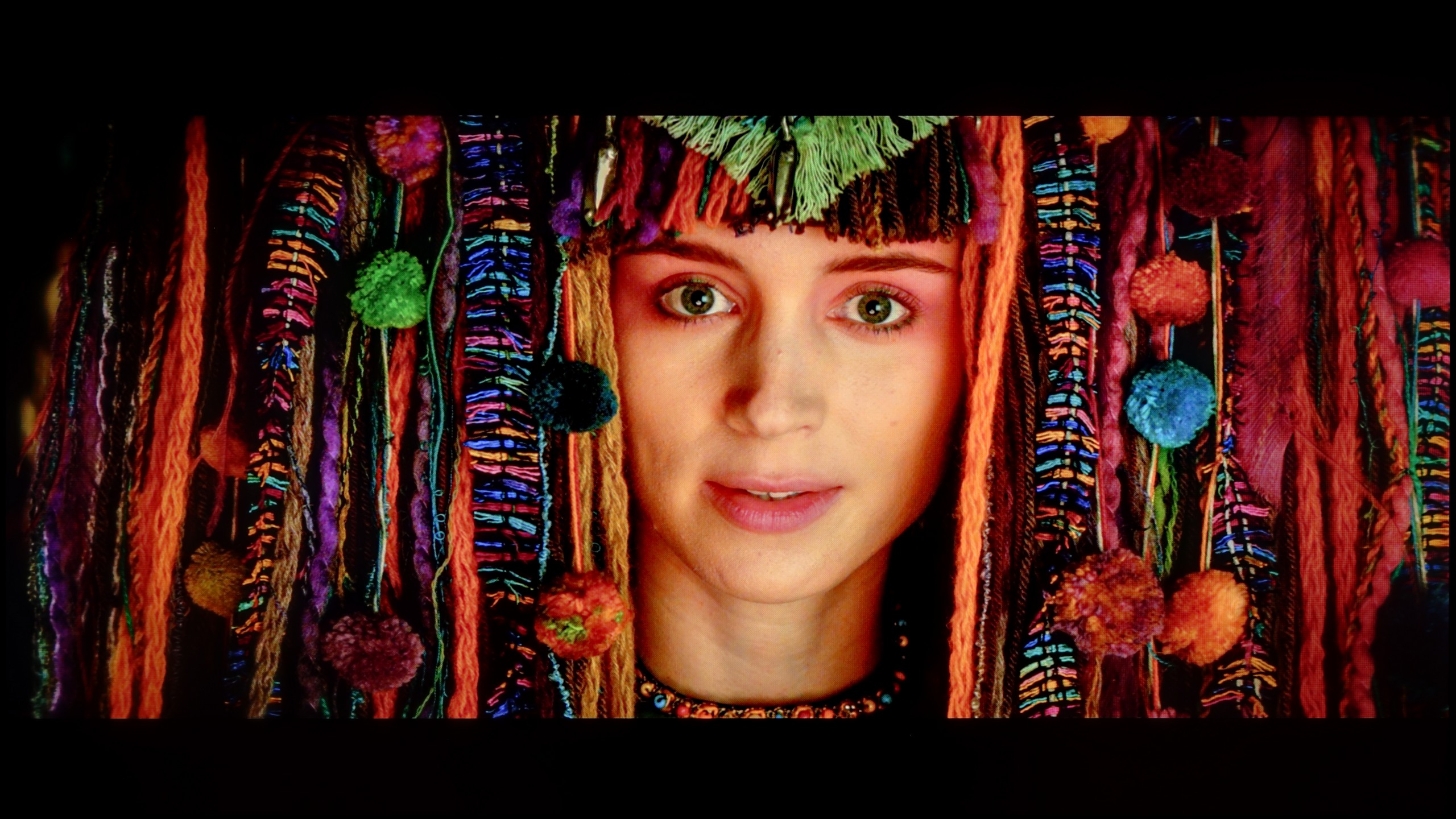
After calibration, the Filmmaker mode on the Samsung QN92D shows significant improvement, particularly with SDR content. The white balance has been greatly enhanced — previous colour shifts and red dominance have been corrected, resulting in more natural colour reproduction. Although the gamma curve didn’t require major adjustments, its stabilisation has positively impacted overall picture quality.
In high-quality materials, the white balance has also improved. However, contrast remains an area to watch. The EOTF curve initially appears accurate, but closer inspection reveals that the television struggles to maintain consistent contrast in film content, indicating further room for improvement. Despite these areas, one advantage is the TV’s colour saturation. Skin tones are rendered well, and while some colours may be slightly oversaturated, the overall effect is rich and vibrant.
Despite minor contrast limitations, the calibrated Filmmaker mode on the Samsung QN92D delivers excellent picture quality, with natural colours, making it a strong choice for movie watching.
Thanks to specialized tools, we managed to correct the color quality in SDR content to nearly perfection. In materials with lower dynamics, delta E errors dropped below 0.5, which can be considered an almost reference result. The image on television, YouTube, or classic Full HD looks really good after calibration. Well, but where couldn’t we improve the image so easily? Primarily, it concerns HDR quality content. While we managed to somewhat "tame" the white balance and eliminate pink hues in most scenes, unfortunately, we did not have full control over brightness management. We set the local dimming settings according to the best observations – SDR: Medium, HDR: High – but the U7Q still did everything a bit its own way. There were still cases of overly strong dimming or brightening of details that the calibration simply couldn't eliminate. And although the overall reception of the content is much better, it must be taken into account that the U7Q will always have something to say at the end "but."
Smoothness of tonal transitions
9/10
9.9/10

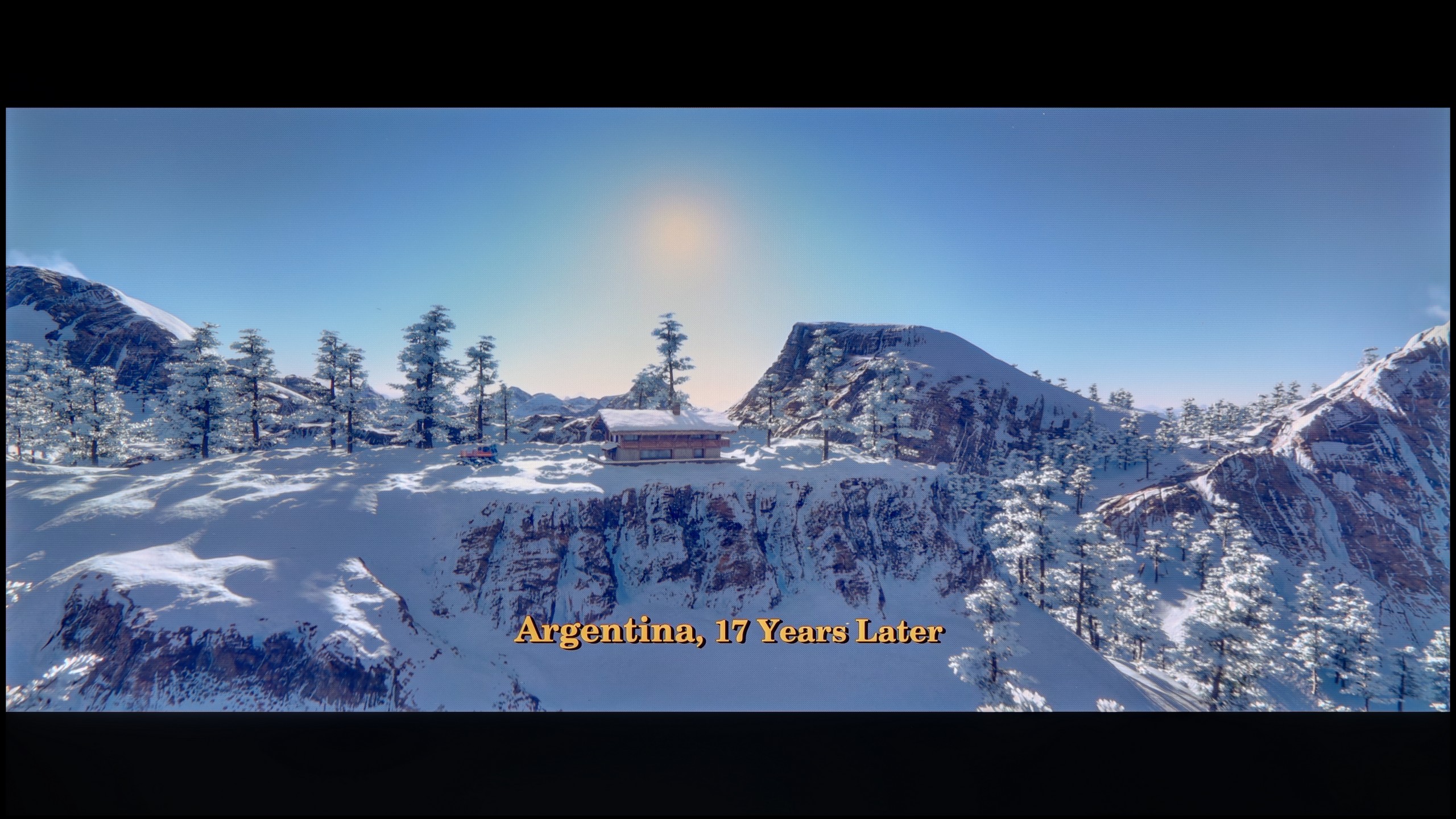

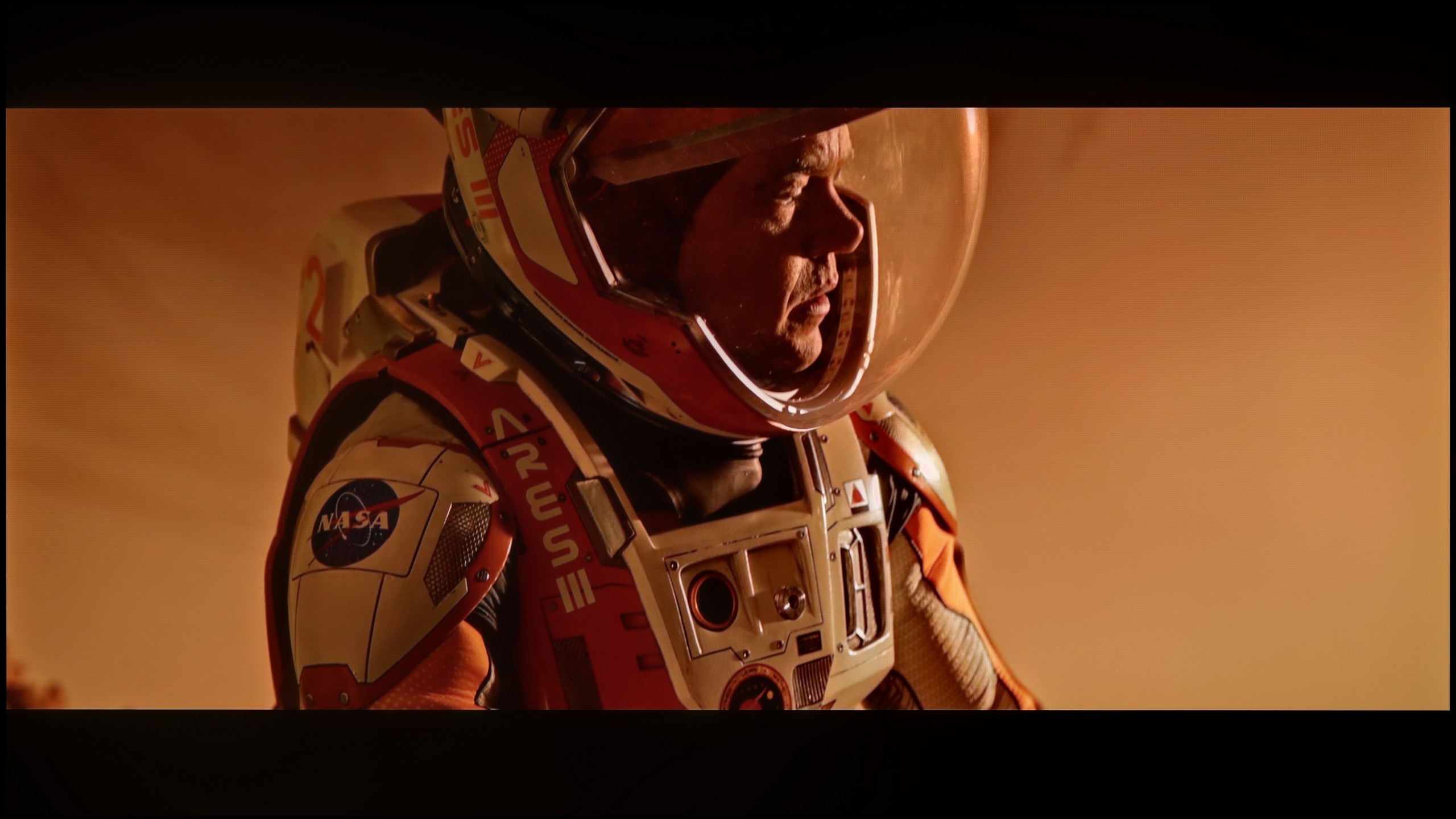

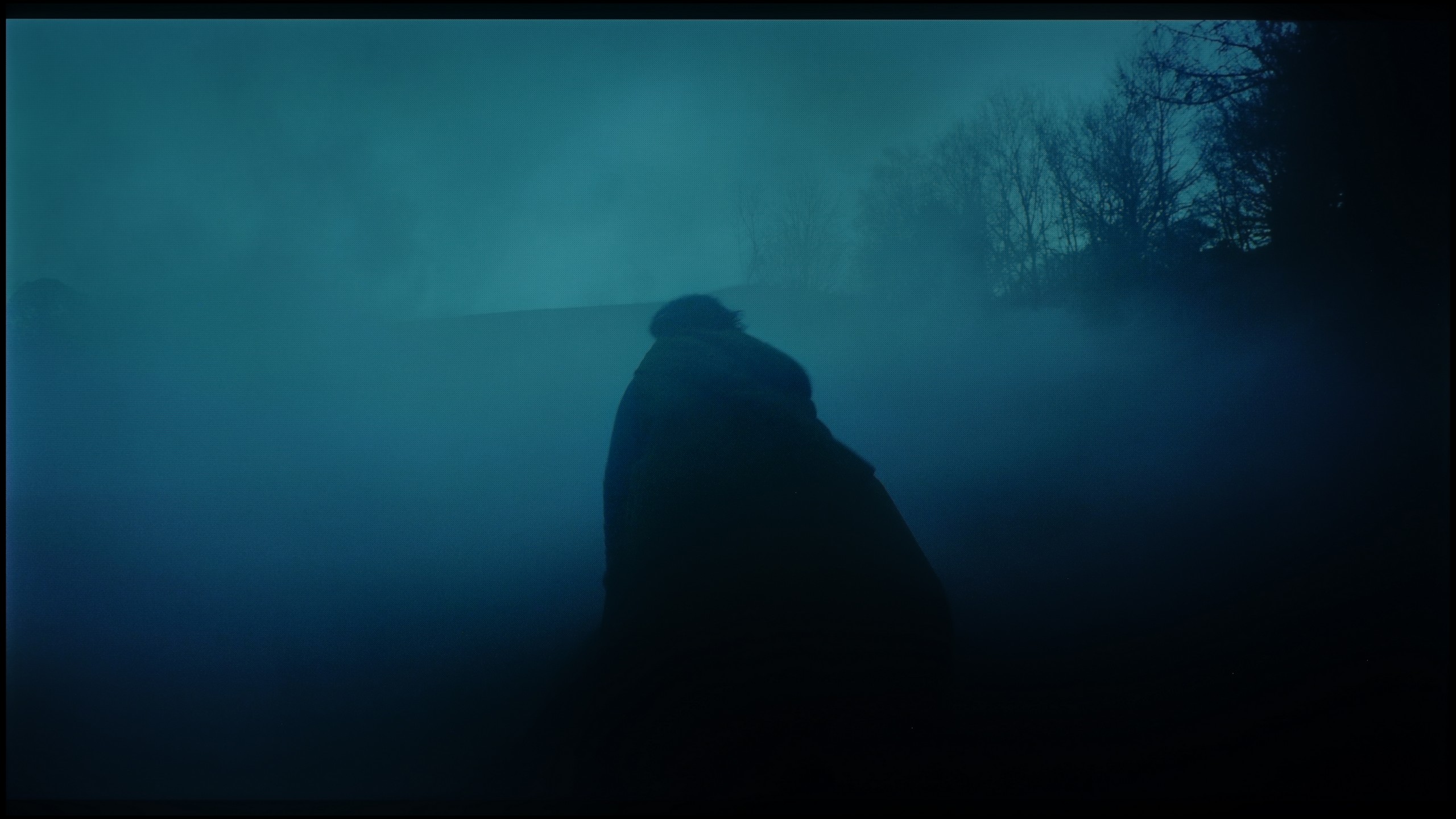






The Samsung QN92D television excels in the fluidity of tonal transitions, giving the image a remarkably natural appearance without visible artefacts. It performs exceptionally well in scenes with complex colour gradations, delivering smooth and uniform transitions. Competing OLED televisions in a similar price range could take note, as the Samsung QN92D provides a quality that rivals even models equipped with QD-OLED panels.
The U7Q performs exceptionally well when it comes to tonal transitions – we can confidently say that it reaches almost reference level, which is why in this category, the TV receives one of the highest possible ratings from us. The color blends are smooth, clean, and without visible bands. In most scenes, everything looks simply perfect, and any potential minor imperfections may only appear in very specific shots – although we hardly noticed them during testing.
Image scaling and smoothness of tonal transitions
7.2/10
6/10
Smooth transition function

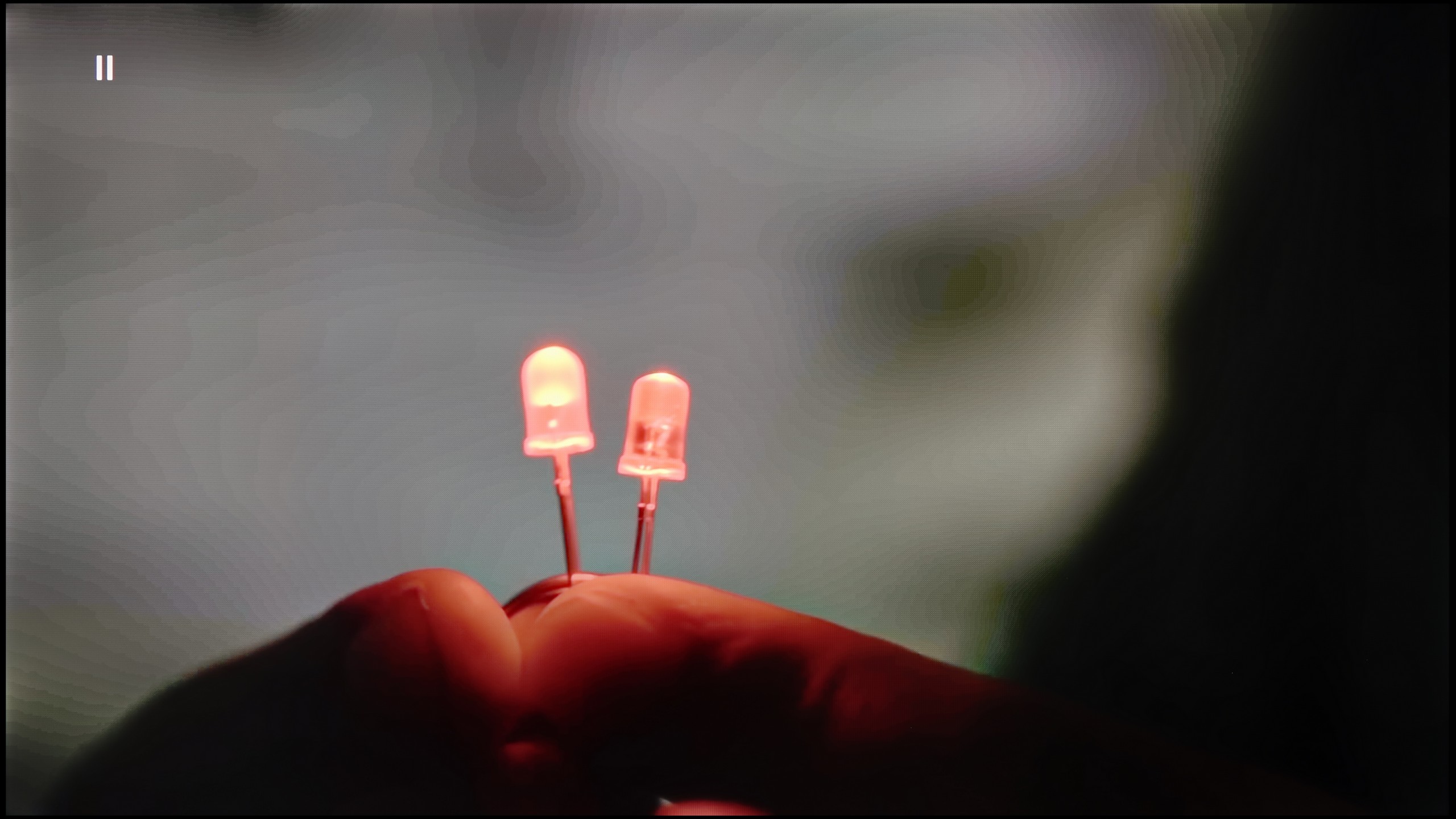
Image without overscan on the SD signal


Let's examine how the Samsung QN92D television manages tonal transitions in low-quality materials. The noise reduction function is highly effective, enhancing the fluidity of tonal transitions even under challenging conditions. However, it’s worth noting that, as with other Samsung televisions, this feature can occasionally remove desirable elements, such as film grain, which may affect image authenticity.
In terms of digital processing, the Samsung QN92D also performs impressively. During testing, the image appeared natural and well-balanced, with details like background branches precisely reproduced, underscoring the television’s ability to enhance the quality of low-resolution materials.
There are situations where we would like to smooth out tonal transitions a bit, especially in older materials – those that have limited source quality. The U7Q is equipped with a feature called “Smooth and Gradient Image,” but unfortunately… it works very poorly. In the “Low” option, the effects are practically unnoticeable, and other settings smooth out details but do not improve tonal transitions. The only plus is that the feature does not interfere with film grain, so it does not ruin the natural structure of the image.
Fortunately, content scaling performs quite well. The image is not overly sharpened, there is no artificial clarity – and although it is known that this is not the level of high-end televisions, the U7Q handles displaying really old content in a completely acceptable manner without any problem.
Blur and motion smoothness
7.5/10
7.5/10


Blur (native resolution, maximum refresh rate):




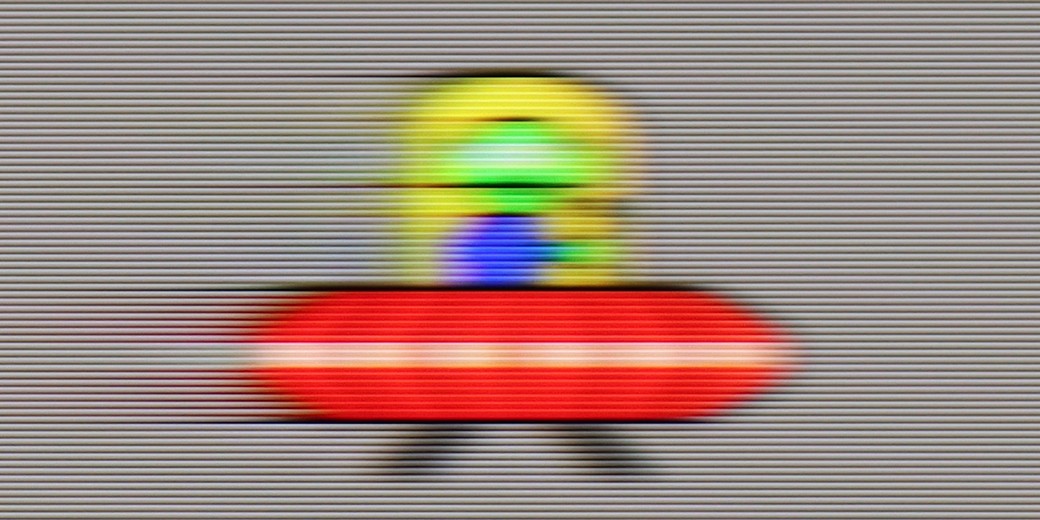
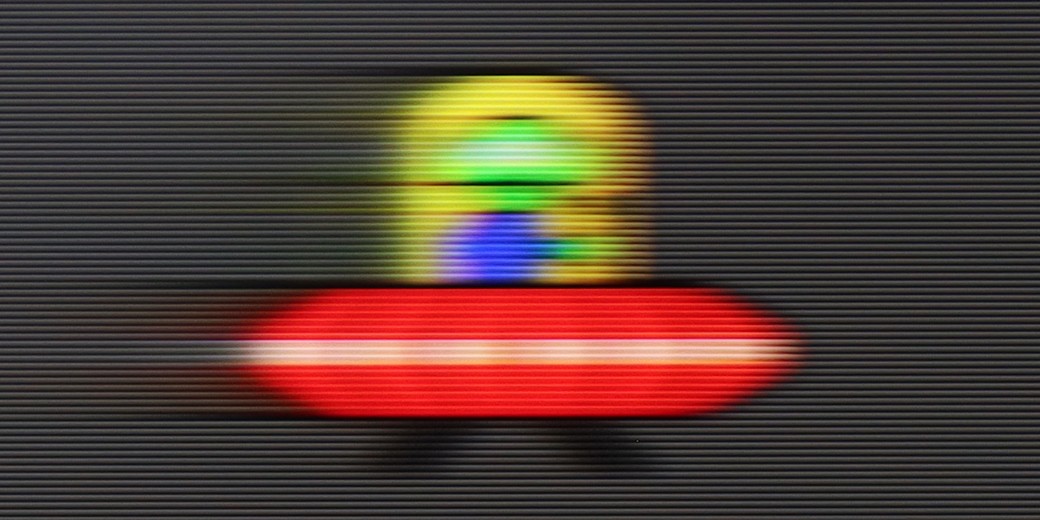
Blur (BFI function enabled):
Image flickers in this mode






Smużenie ():
Smużenie (1080p 240Hz):
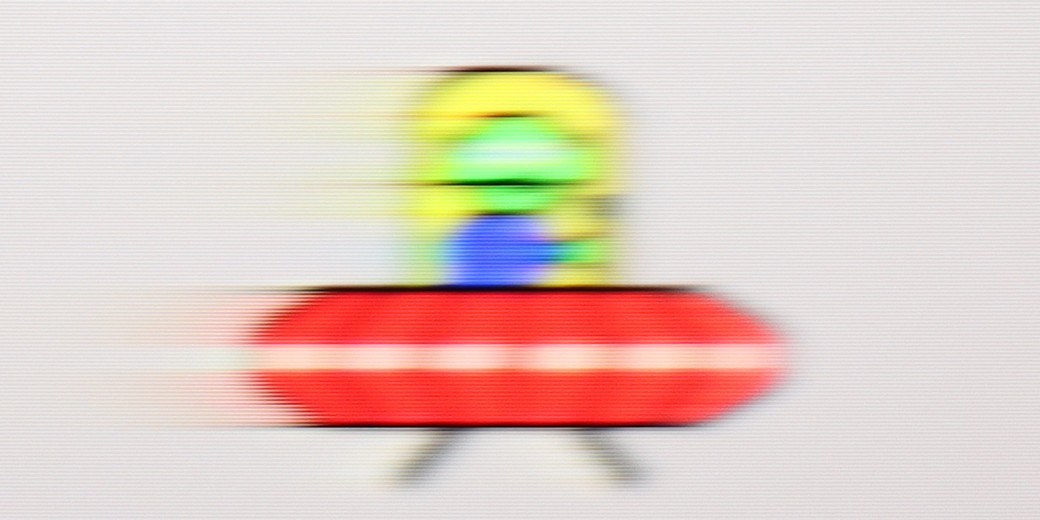
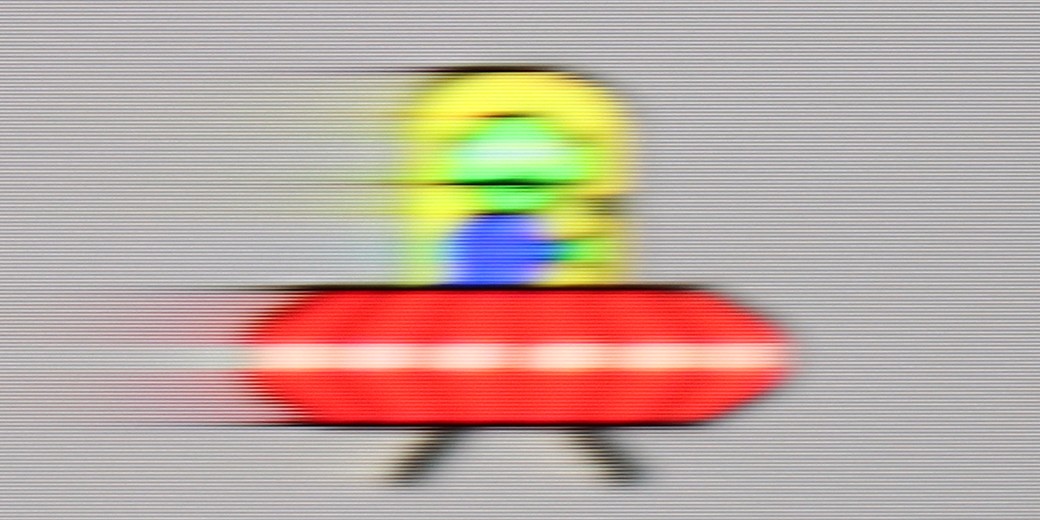
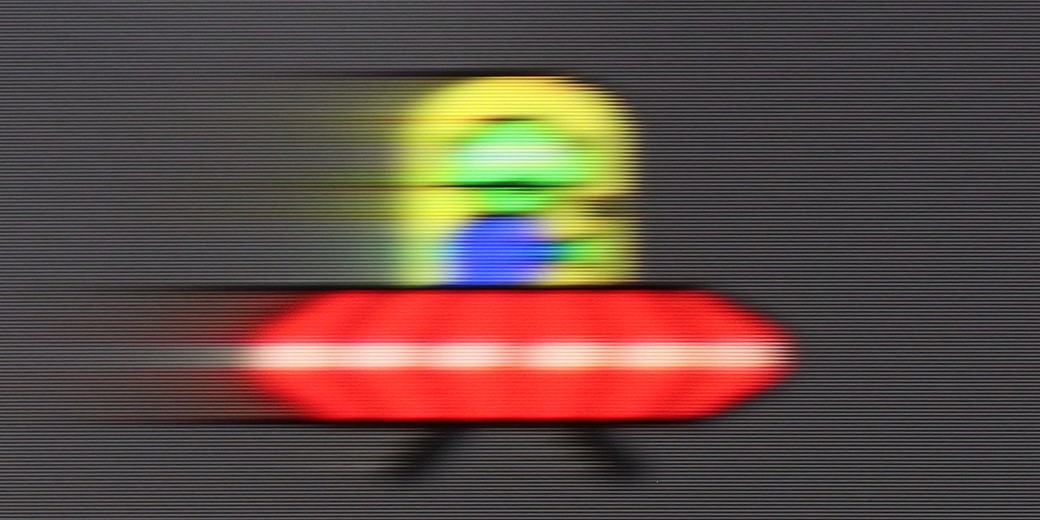
The Samsung QN92D TV features a 144 Hz panel, however, when using the motion smoother, the maximum refresh rate adjusts to 120 Hz. This setup ensures excellent picture quality for both gamers and sports enthusiasts. Additionally, the TV offers a range of image enhancement options, such as the "blur and judder reduction" feature, which lets users fine-tune smoothness on a 10-point scale. Blur reduction sharpens fast-moving objects, while judder reduction smooths out motion, eliminating the "stutter" effect. With these advanced settings, the Samsung QN92D provides optimal visual experiences for dynamic scenes and intense gameplay alike.
The TV performs impressively in terms of motion blur, with minimal issues. The only minor drawback is a slight overshoot effect noticeable on dark backgrounds in our "Ufoludkiem" test. Nonetheless, with its advanced smoothness settings, the Samsung QN92D delivers outstanding performance for both fast-paced scenes and immersive gaming sessions.
U7Q is truly a fast television, similar to its more powerful version "PRO". At a resolution of 4K, it supports up to 144 Hz refresh rate, and if someone wants even more – in Full HD you can achieve up to 240 Hz! This will mainly benefit PC gamers, but it’s worth appreciating – this is a rare feature in this price segment. Right from the start, it’s clear that U7Q was created with dynamic content in mind, such as games or sports. In films, we are not left "out in the cold" either – U7Q offers the "Ultra Motion Smoothness" feature, where using two sliders you can adjust whether you want a smoother, theatrical image, or something closer to a cinematic style with a visible frame. It’s good that, like with most manufacturers, we have a choice here and can adjust it to our own preferences.
Console compatibility and gaming features
9.5/10
8.5/10
- ALLM
- VRR
- VRR range48 - 144Hz48 - 240Hz
- Dolby Vision Game Mode
- Correct implementation of HGIG
- 1080p@120Hz
- 1440p@120Hz
- 4K@120Hz
- Game bar



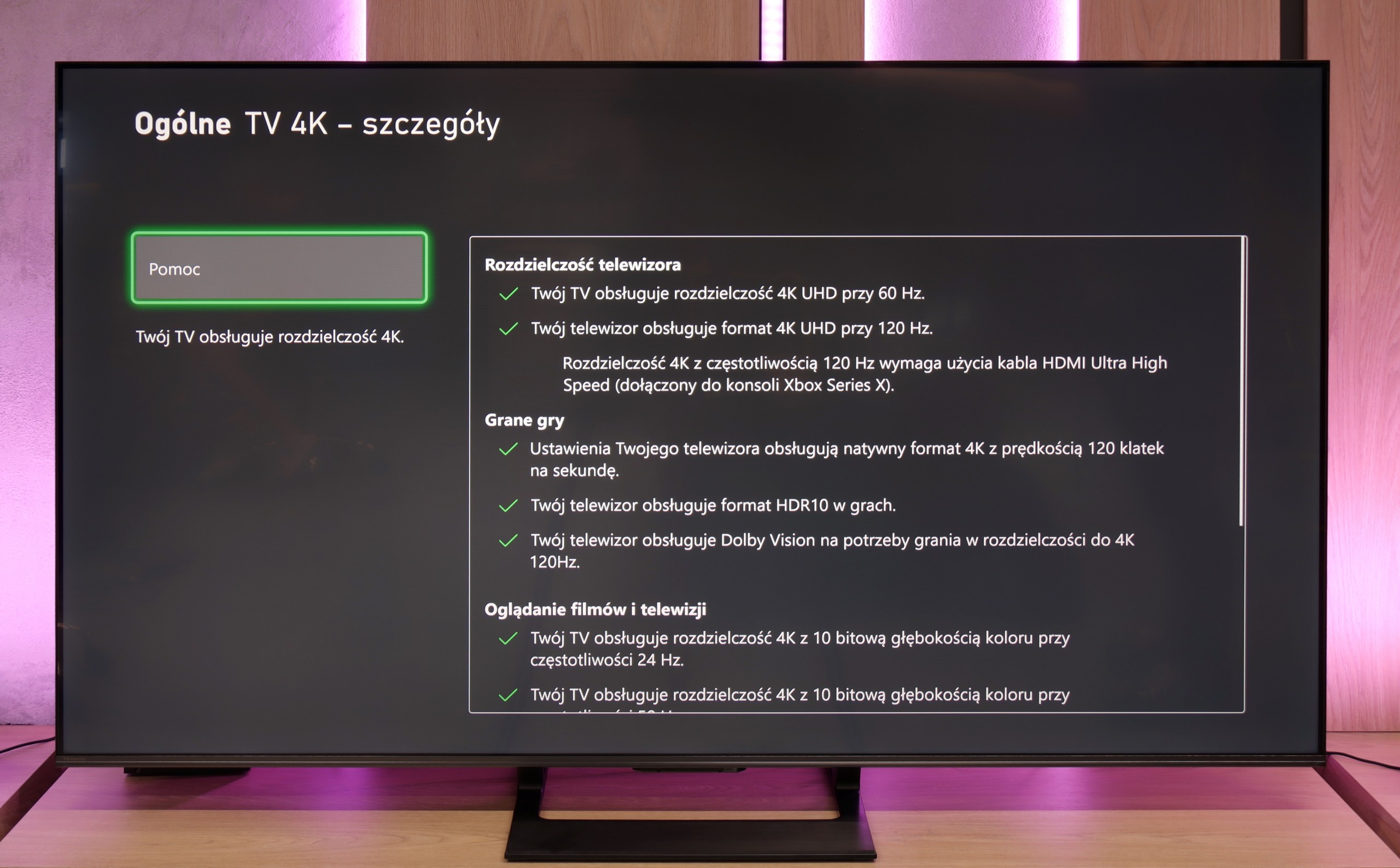



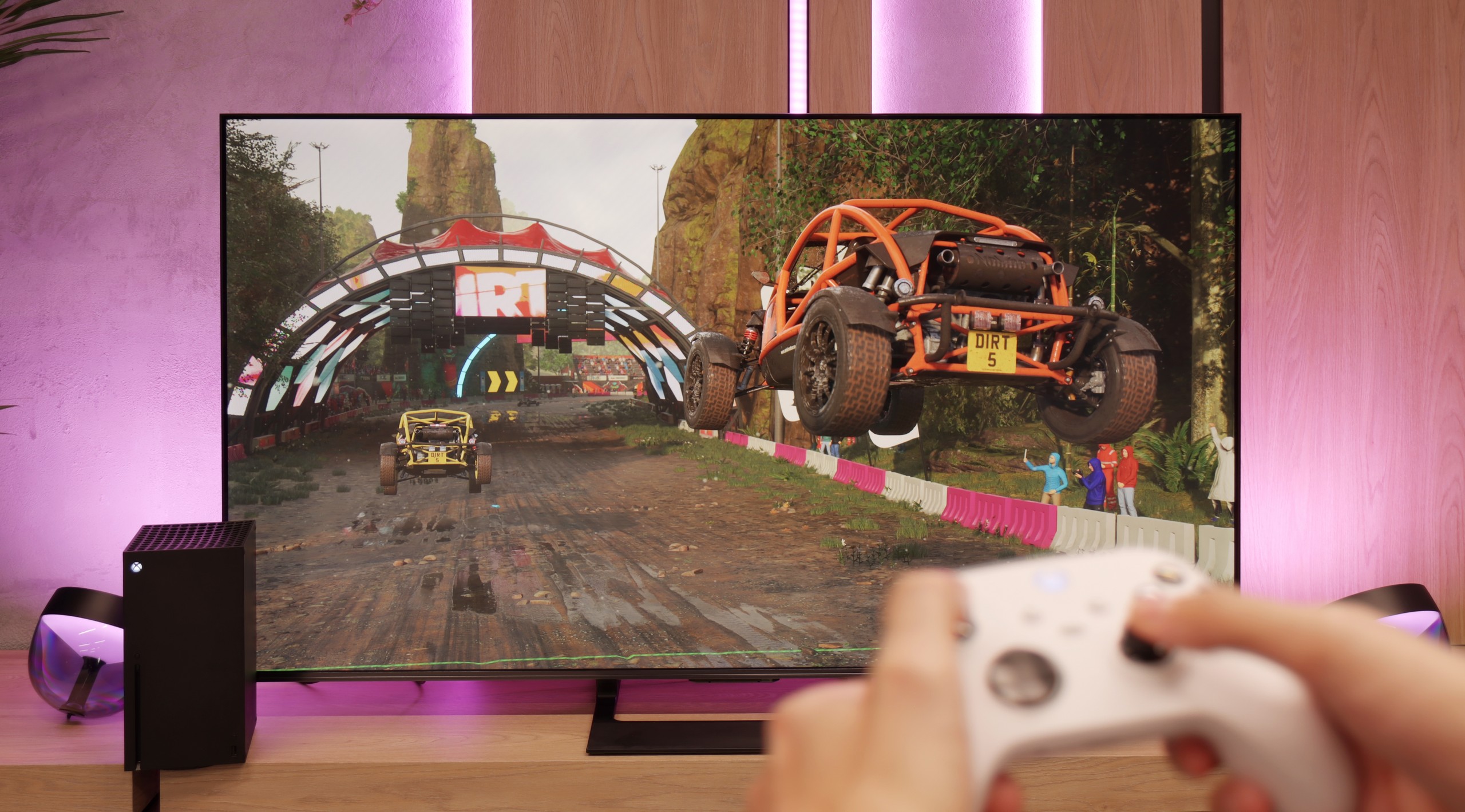
The Samsung QN92/QN90 TV is an outstanding choice for avid gamers and is highly recommended. This model provides virtually every gaming feature currently available, enhancing the excitement of gameplay. A standout feature is the 120 Hz panel, delivering impressive motion smoothness, which is especially beneficial during action-packed games. The TV also boasts low input lag, ensuring quick responses to player commands. Additionally, VRR (Variable Refresh Rate) and ALLM (Auto Low Latency Mode) optimise refresh rates and automatically activate gaming mode, further elevating the gaming experience. An additional bonus is the Xbox app, enabling users to play directly on the TV without needing a console—an exclusive feature in Samsung TVs, adding to their appeal in the gaming world.
Samsung’s Auto Motion Plus Game feature deserves particular praise. This motion smoother is highly effective in gaming, making lower frame rates appear smoother—30 frames per second can look like 45, and 60 Hz can resemble 90 Hz. Crucially, it achieves this without introducing noticeable input lag (keeping it below 25 ms), so gameplay remains highly responsive, unlike many other motion-smoothing options on the market. As a result, players can enjoy a smoother visual experience without sacrificing responsiveness.
The Hisense U7Q is a TV designed for gamers – and you can see that right away based on its gaming capabilities. It has practically everything you could wish for: variable refresh rate (VRR) – check, automatic game mode (ALLM) – also check, and high refresh rates of up to 240 Hz in Full HD, as well as support for various resolutions, not just 4K. It's truly a great set of features that makes the U7Q excel in both fast-paced shooters on consoles and more demanding titles on PC. Of course – like in most Hisense models – it lacks a proper implementation of the HGiG function. That's a shame because HGiG allows you to adjust the brightness of the console to the specific TV, which in practice makes displaying HDR games according to the creators' intentions much easier. Without this, you simply have to reckon with certain limitations in the final HDR image in games.
Input lag
9.9/10
9.7/10
SDR
HDR
Dolby Vision
Input lag is a crucial factor for gamers, and the Samsung QN90D excels in this area. With input lag values below 13 ms, the delay between pressing a controller button and the on-screen response is minimal. This low value ensures smooth and responsive gameplay, satisfying both casual gamers and professionals, for whom every millisecond counts. As a result, the Samsung QN92D stands out as an excellent choice for those who prioritise precision and speed in their gaming experience.
Input lag on the U7Q is really impressive. With 120 Hz content, we recorded around 9 ms, and with 60 Hz – around 17 ms. These are outstanding results that make the TV perform excellently even in dynamic games that require quick reactions. There is hardly anything to criticize here. Of course, as is often the case, the Dolby Vision mode in games seems a bit slower compared to classic SDR or HDR. This will mainly be noticeable for Xbox Series X/S console users, which are the only ones that support Dolby Vision Gaming. Fortunately, input lag still remains below 30 ms, so in practice, this is still an acceptable level even for more demanding gamers.
Compatibility with PC
8.6/10
8.6/10

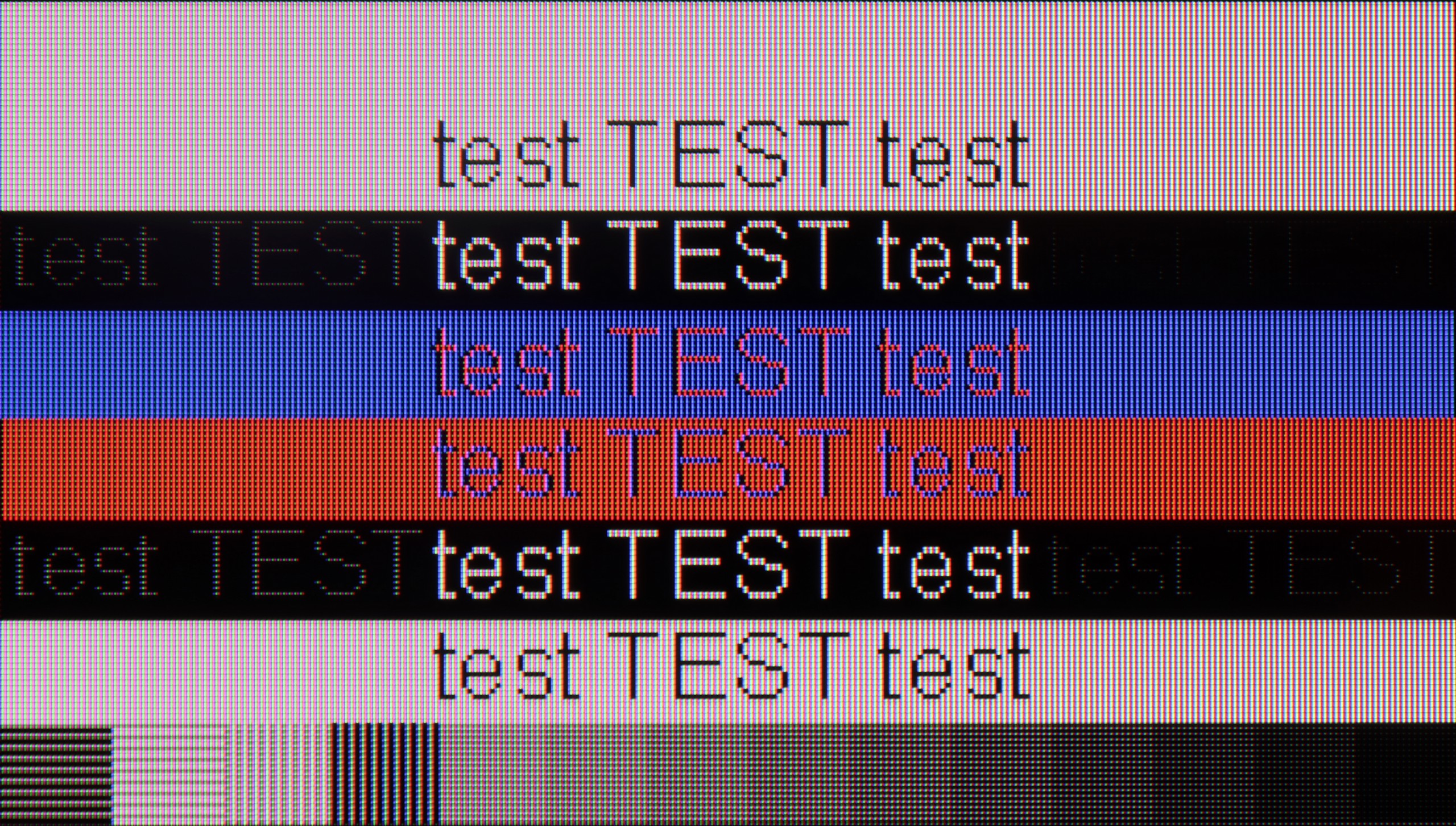
The television stands out for its high performance, supporting chroma 4:4:4 and offering exceptionally low input lag. These features allow users to enjoy fluidity and responsiveness, making it an excellent choice for office work and everyday applications. However, one notable drawback is the poor visibility of horizontal lines on a dark background. On the test pattern on the right, letters appear more like vertical lines, which can be frustrating for some users. Nevertheless, the TV generally works well with computers, providing comfort in performing daily tasks. It is also worth mentioning in this paragraph the "Remote PC" feature, thanks to Microsoft's collaboration with the Korean giant, we can seamlessly pair Windows PCs and use Office 360 applications.
The U7Q communicates excellently with the computer. For gamers, this is great news – we have high refresh rates, low input lag, and G-SYNC support, so gaming from the PC is pure pleasure. But the U7Q also performs well in everyday tasks. If someone uses a computer for text, browsing the internet, or office work – there’s nothing to complain about. The television correctly handles chroma 4:4:4, so fonts look sharp and clear, without blurriness or strange contours. Both lowercase and uppercase letters are simply readable – just as they should be.
Viewing angles
7.1/10
3/10
With VA panel TVs, limited viewing angles are typically expected; however, the Samsung QN90D excels in this area. Thanks to its special coating designed to expand viewing angles, this TV delivers impressive performance rarely seen in devices with VA panels. While VA panels generally fall short in this regard, the QN90D maintains clear and vivid picture quality even when viewed from the side. This makes it an excellent choice for larger rooms and group viewing situations.
The viewing angles on the U7Q are rather weak – this is simply a typical characteristic of VA panels. Straight on, everything looks very good: blacks are deep, colors are saturated, and the contrast is high. But just shifting slightly to the side causes the image to start losing quality – colors become washed out, and blacks begin to resemble dark gray. Compared to TVs with IPS panels, the U7Q performs worse, although on the other hand, it makes up for it with better contrast and deeper blacks.
TV efficiency during daytime
6.4/10
6.2/10

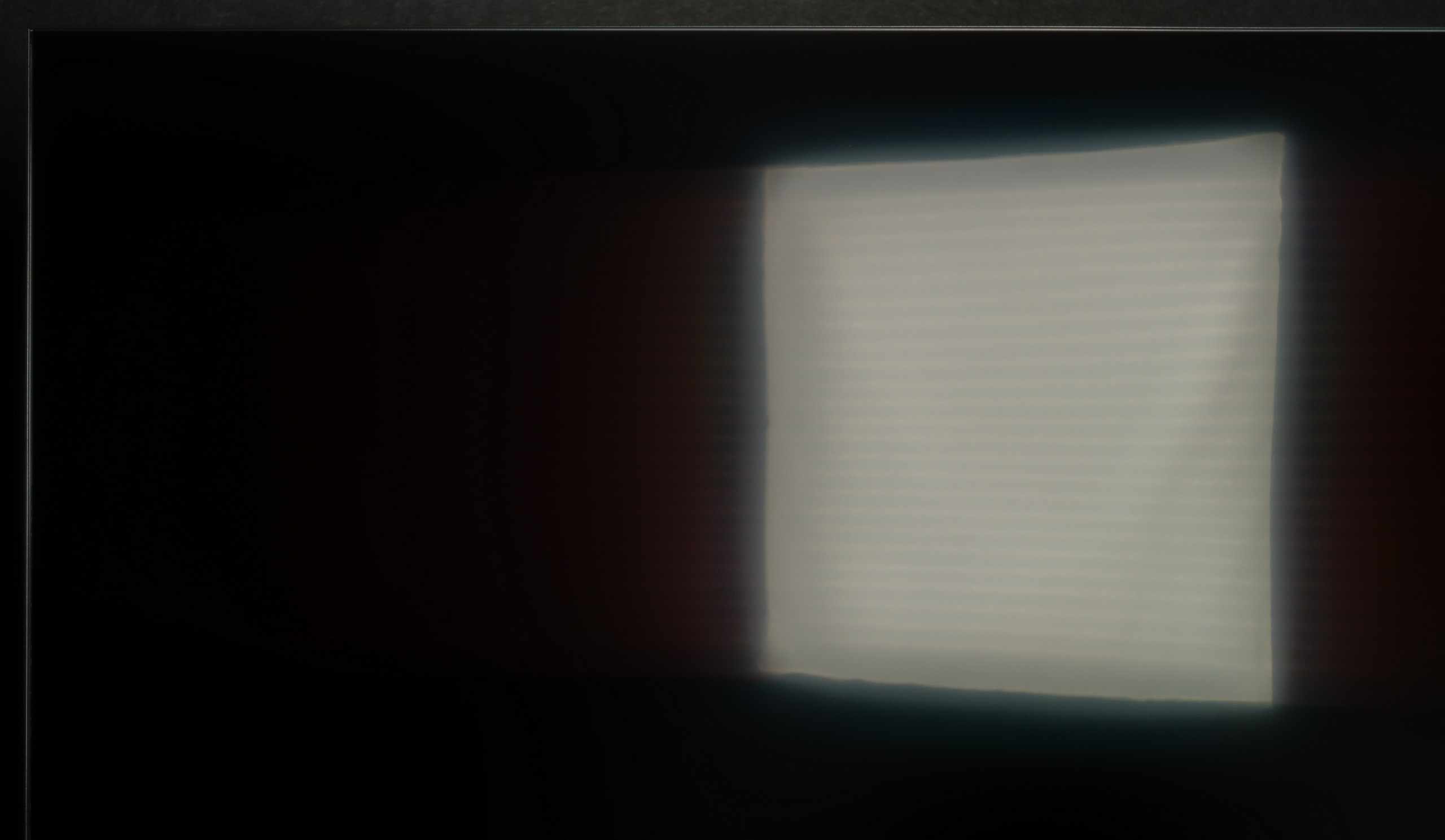

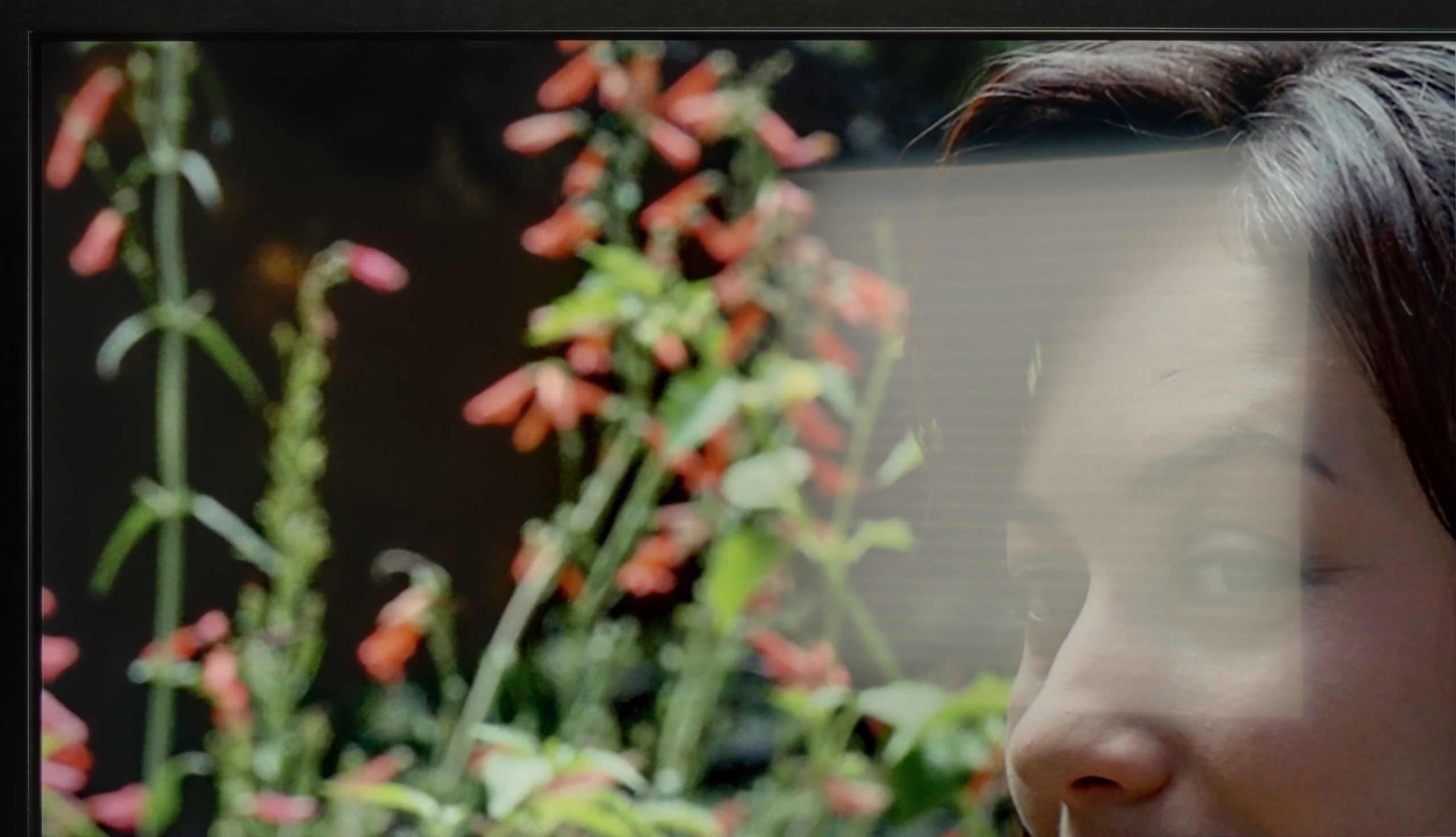
Matrix brightness
Average luminance SDR
Hisense U7Q: 519 cd/m2
Samsung Neo QLED QN90D / QN92D: 629 cd/m2
The TV performs excellently in bright rooms thanks to its high brightness, especially when watching standard television. A constant brightness level of 600 nits ensures excellent visibility even in intense daylight. Unfortunately, despite a satin coating, handling reflections is average, which may affect viewing comfort. An additional downside is the matrix that improves viewing angles, which causes sunlight reflections to spread vertically, potentially further reducing viewing comfort in a bright environment.
The U7Q performs quite well in a sunlit room. The brightness in SDR mode averages around 520 nits, which in practice means that even on sunny days, it's comfortable to watch television—without the feeling that everything is drowning in our reflections. Additionally, thanks to the satin coating on the panel, the television does a good job of reducing reflections.
Details about the matrix
Subpixel Structure:

Panel uniformity:

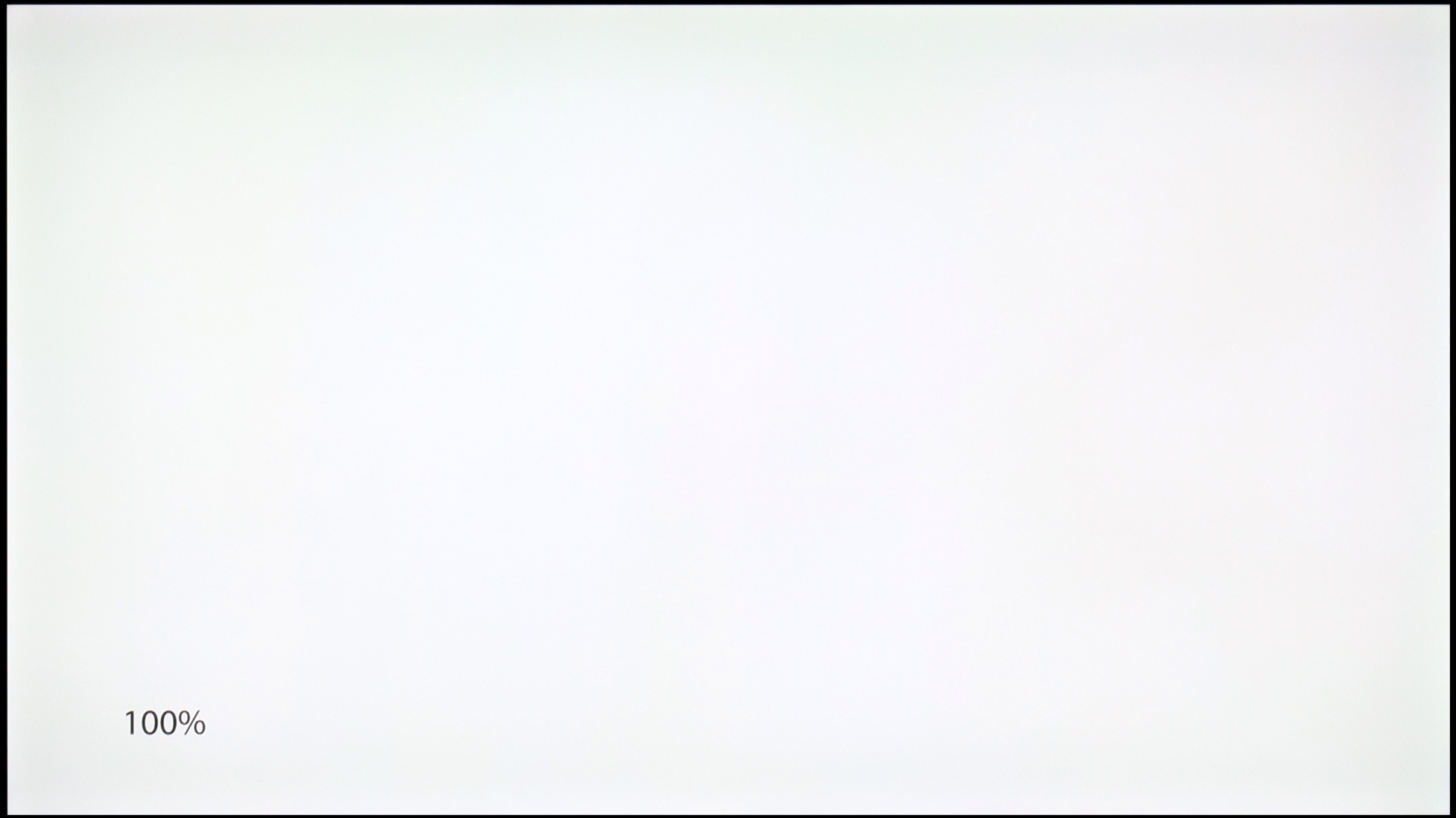
Samsung Neo QLED QN90D / QN92D
Hisense U7Q
TV features
7.7/10
8.9/10
- HDMI inputs0 x HDMI 2.0, 4 x HDMI 2.1 48Gbps2 x HDMI 2.0, 2 x HDMI 2.1 48Gbps
- Other inputsRCA (Chinch)
- OutputsToslink (Optical audio), eARC (HDMI), ARC (HDMI)Toslink (Optical audio), eARC (HDMI), ARC (HDMI), Mini-Jack (Headphones)
- Network InterfacesWi-Fi 2.4GHz, Wi-Fi 5GHz, Ethernet (LAN) 100MbpsWi-Fi 2.4GHz, Wi-Fi 5GHz, Ethernet (LAN) 100Mbps
- TV receptionDVB-T, DVB-T2, DVB-S, DVB-S2, DVB-CDVB-T, DVB-T2, DVB-S, DVB-S2
Classic features:
- Recording to USB (terrestrial TV)
- Recording programming
- Picture in Picture (PiP)
- RF remote control (no need to aim at the screen)
- Backlit remote control
- Teletext
- Audio only mode
- Possibility to connect Bluetooth headphones to the TV
- Possibility to simultaneously use Bluetooth headphones and the TV speaker
Smart features:
- AirPlay
- Screen mirroring (Windows Miracast)
- Wyszukiwanie głosowe
- Voice search in native language
- Ability to connect a keyboard and mouse


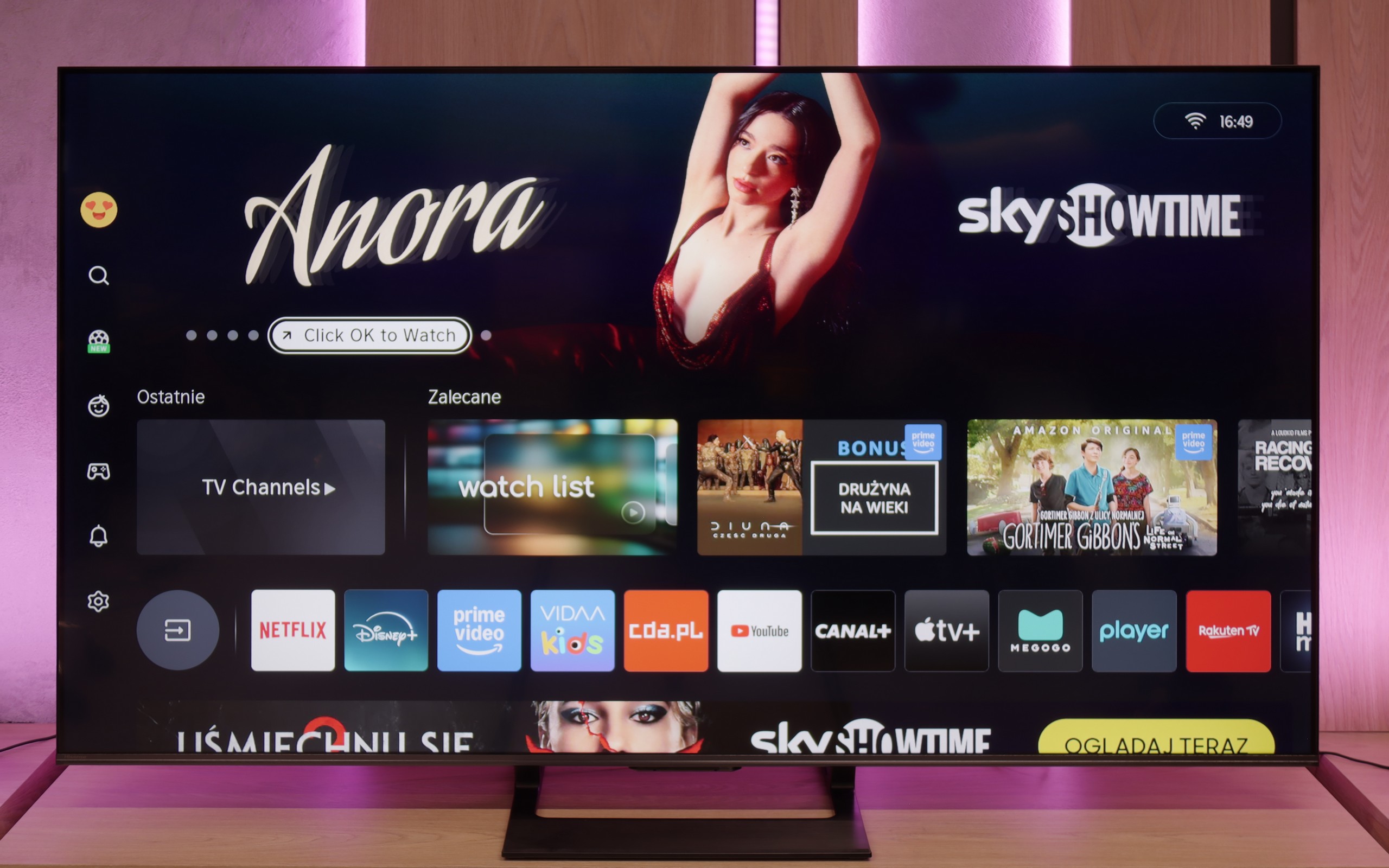

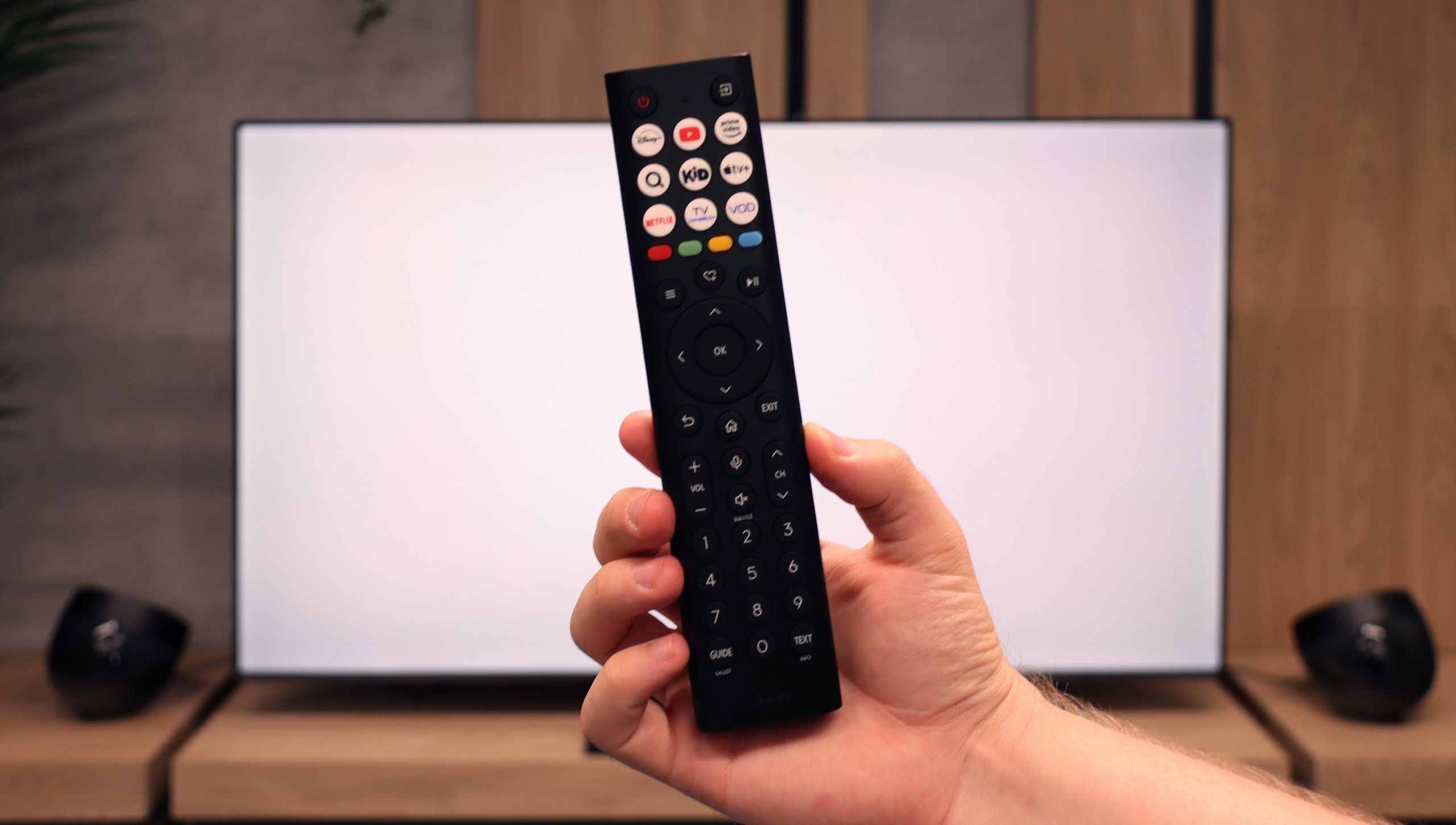
The Samsung QN92D TV impresses with its modern Tizen operating system, offering users a smooth, intuitive, and visually appealing experience. Tizen enables fast and seamless app browsing, enhancing overall ease of use. Its extensive ecosystem makes connecting the QN92D with other devices straightforward. Practical features like controlling set-top boxes with the remote eliminate the hassle of multiple remotes. Apple device users benefit from the AirPlay feature, enabling easy media streaming from an iPhone. Additionally, the remote PC function allows users to operate a computer on the big screen, and the Office 365 app makes the QN92D ideal for both work and entertainment.
Like many Samsung TVs, the QN92D includes an Ambient Mode feature, letting users personalize the display to blend with the surroundings. It can display images or information, making the TV an elegant part of the décor even when turned off. Speaking of aesthetics, the QN92D is notably slim, around 2 cm at its thickest point, with a premium-looking metal frame and a solid, included stand.
However, the QN92D may be slightly lacking for those watching traditional TV, as it doesn’t include a TV program recording feature on the Polish market. Nonetheless, it offers a PiP (Picture-in-Picture) function, allowing viewers to watch two programs simultaneously. The Samsung QN92D is a feature-rich TV that will appeal to gaming enthusiasts and multimedia users alike, seamlessly fitting into modern interiors.
Classic Features of U7Q
Hisense U7Q has a lot to offer when it comes to classic TV features. You can record programs to USB, easily connect external devices via Bluetooth, and the interface – such as EPG – is clear and readable. It may sound like something mainly appreciated by seniors, but the truth is that the U7Q has practically everything needed for watching traditional television. The only thing missing here is the PiP (picture-in-picture) feature.
Smart TV U7Q: Vidaa
When it comes to Smart features, the U7Q runs on the proprietary VIDAA system. And I must admit – it works really smoothly. Voice search in Polish? No issues. AirPlay and screen mirroring? They work without any problems as well. Of course, one must be aware that VIDAA is a closed system, so – as is often the case – some popular apps, especially those related to music, are missing. Therefore, before purchasing, it’s worth checking if all the apps you use daily are available.
Playing files from USB
9.1/10
8.2/10
Supported photo formats:
Maximum photo resolution:


The built-in player in the Samsung QN90D should meet the needs of most users, as it smoothly plays the majority of popular video and audio formats. However, more discerning users may find a few limitations. Notably, it does not support HEIC photo format—a common format on Apple devices—nor does it accommodate several other, less widely used image formats.
The built-in player in the U7Q fully meets the needs of most future users. The television seamlessly supports Polish characters and most popular video, audio, and photo formats. If we had to nitpick, it would be only about the limited support for certain photo resolutions – there are occasions when files from the camera are not displayed correctly. It's worth keeping this in mind if you plan to present photos directly from a DSLR or phone.
Apps
8.7/10
7.7/10














































Sound
6.9/10
7.2/10
- Subjective sound quality:6.9/107.2/10
- Dolby Digital Plus 7.1:
- Dolby True HD 7.1:
- Dolby Atmos in Dolby Digital Plus (JOC):
- Dolby Atmos in Dolby True HD:
- DTS:X in DTS-HD MA:
- DTS-HD Master Audio:
The TV shares a similar speaker setup with the QN95, configured as a 4.2.2 system with a total output of 70W (except for the 50" model, which uses a 2.2 configuration, and the 43" model with a 2.0 setup). Despite its slim design, the TV delivers a loud, clear sound with a well-balanced audio profile. As with other Samsung models, the lack of DTS format support results in a slight deduction. Notably, it includes Samsung's proprietary Q-Symphony feature, enabling seamless sound synchronization with a compatible Samsung soundbar.
Sound is one of the major advantages of the U7Q. The TV sounds really pleasant – there is a slightly noticeable bass, good tone balance, and it is definitely something more than just for "everyday news watching." You can easily play music on it and just enjoy the sound – of course in an entertaining way, not an audiophile one 😉. It also deserves high praise for full support for the most important audio codecs, which worked flawlessly. A small exception is Dolby Atmos in TrueHD version, which did not fully play when connected to a home theater, so if someone uses this format – it's worth keeping in mind – it may be a software bug.


